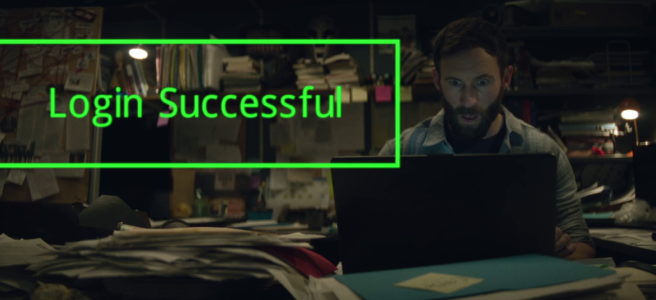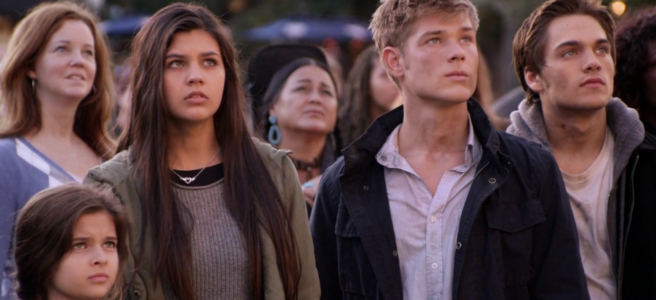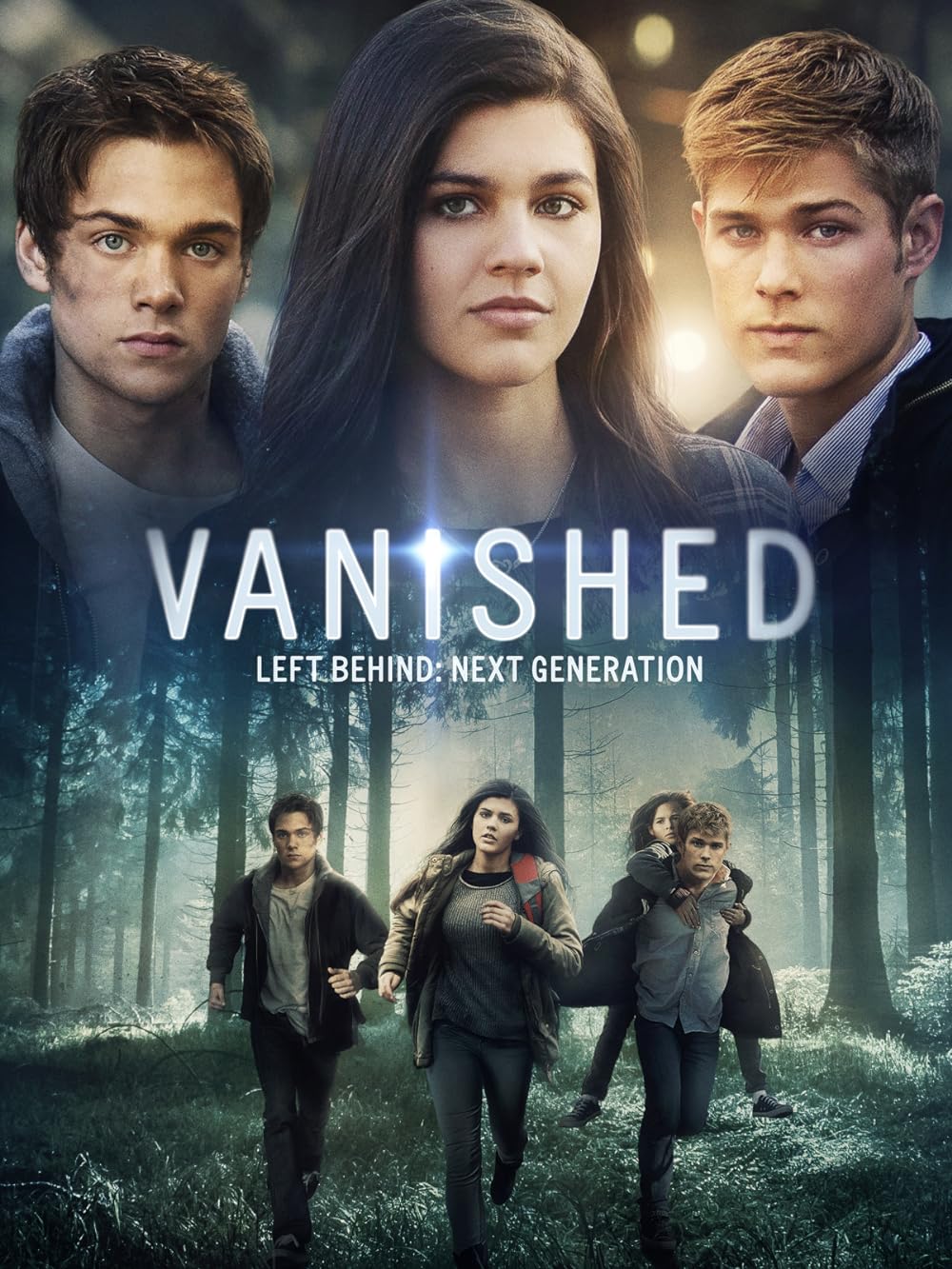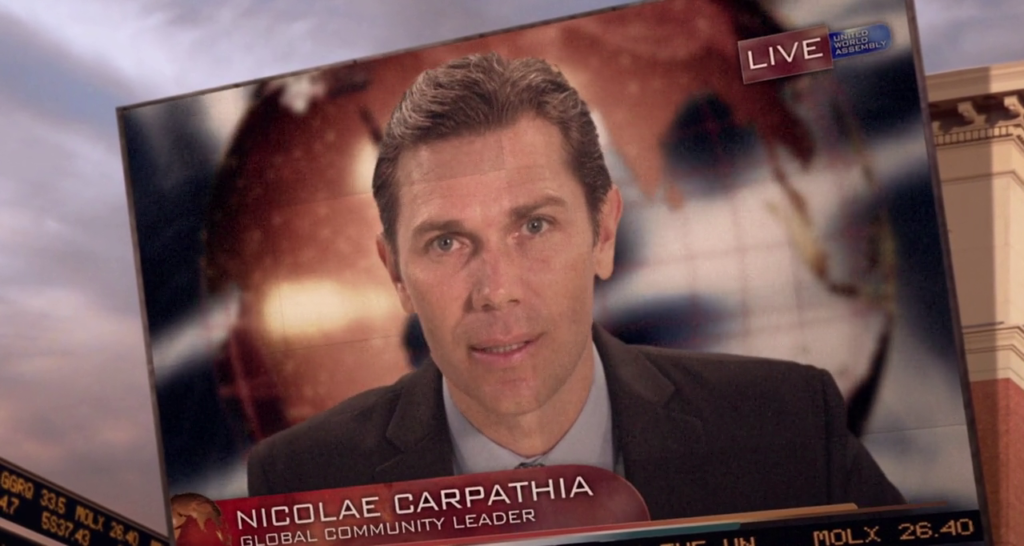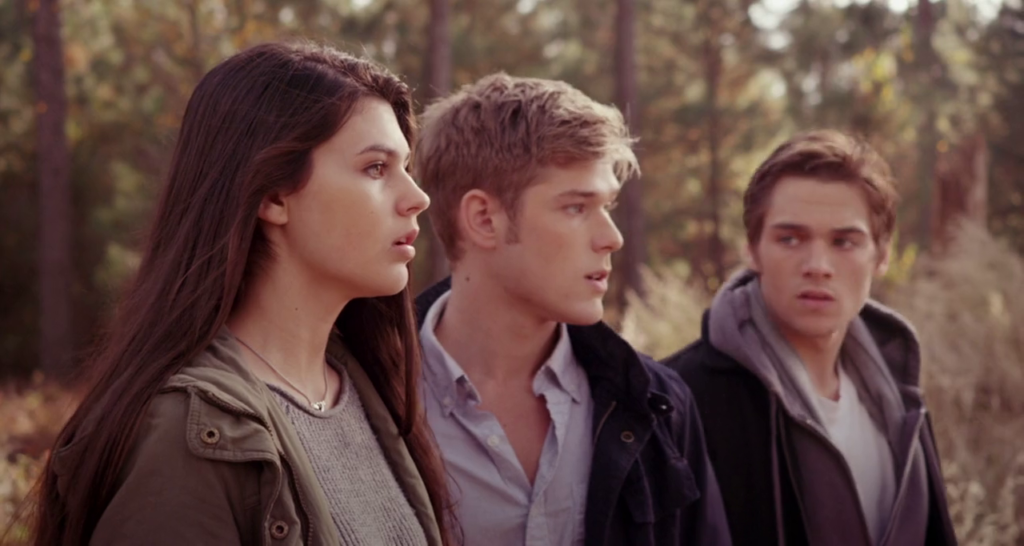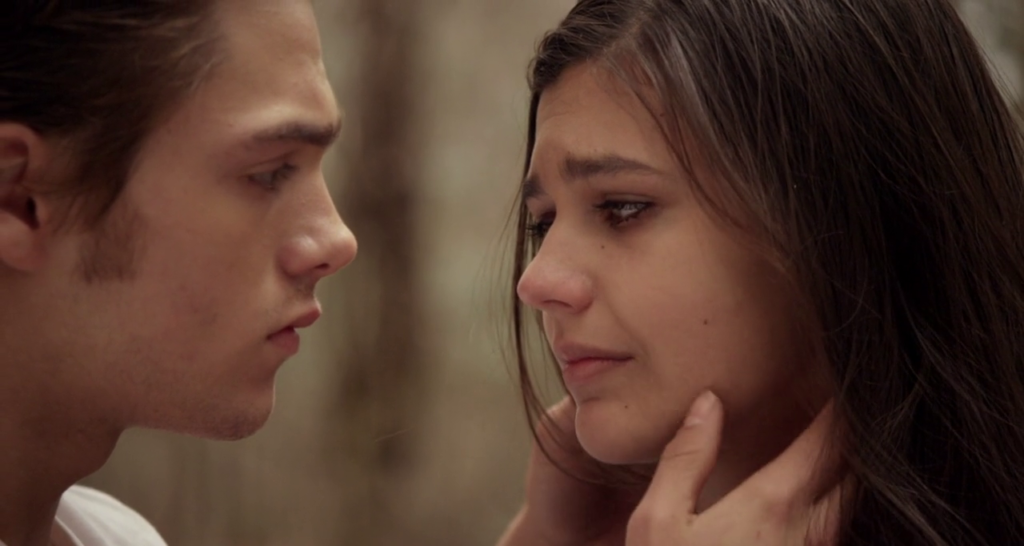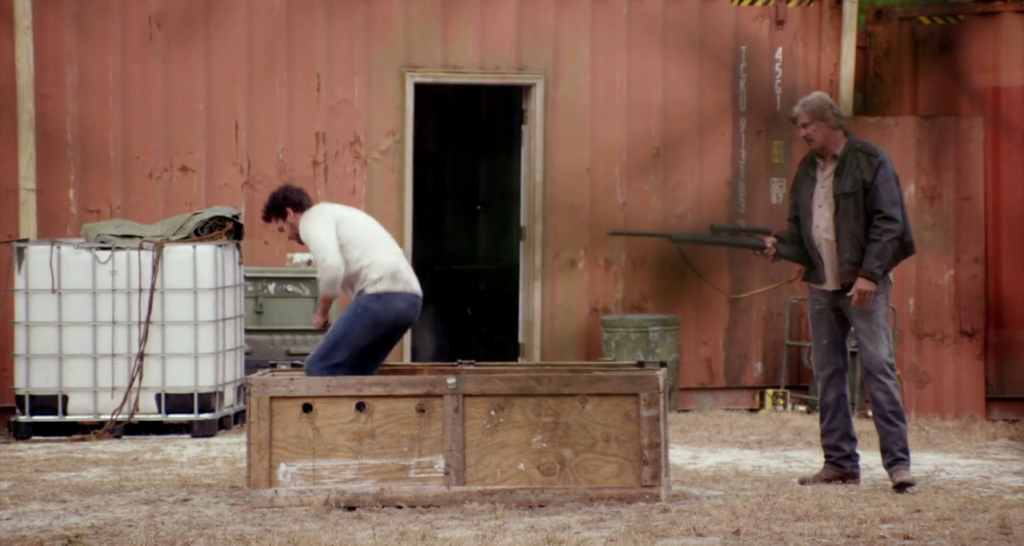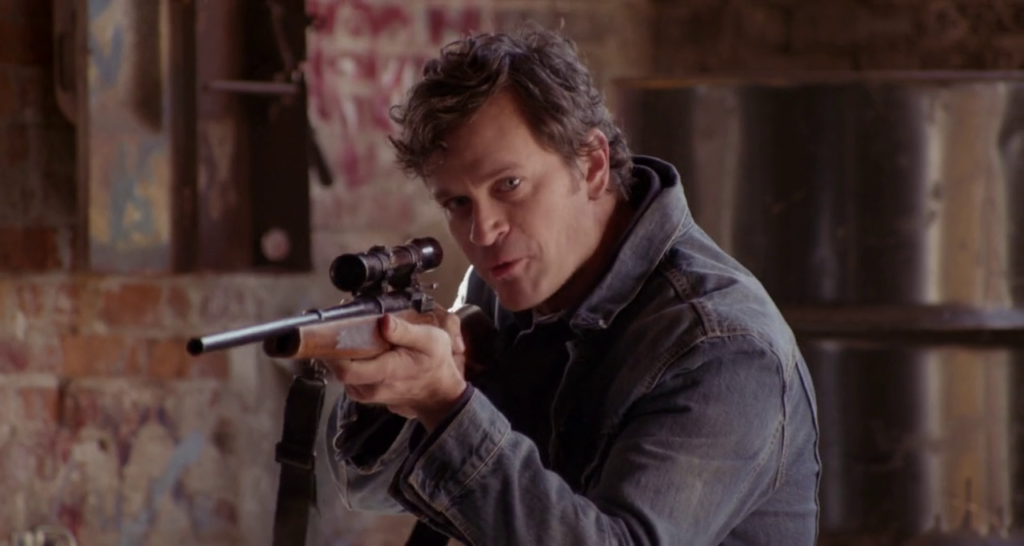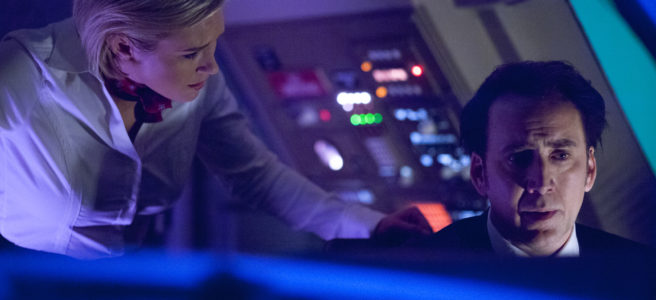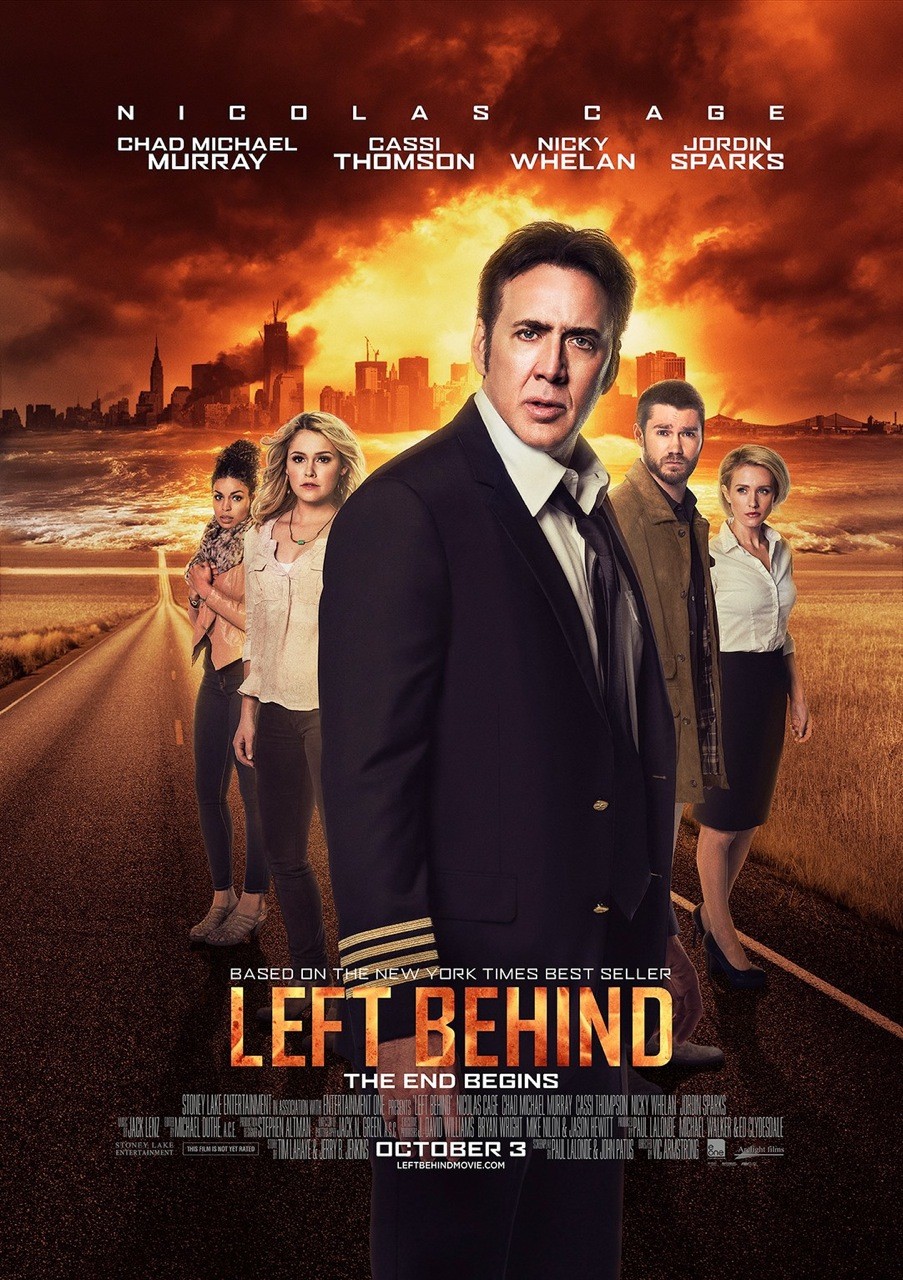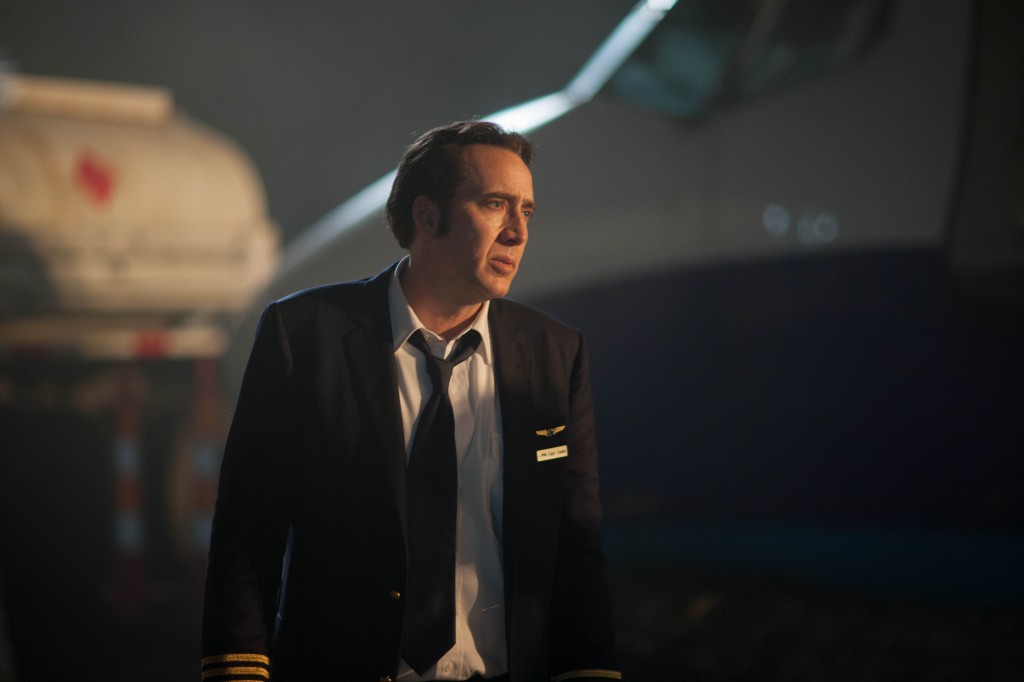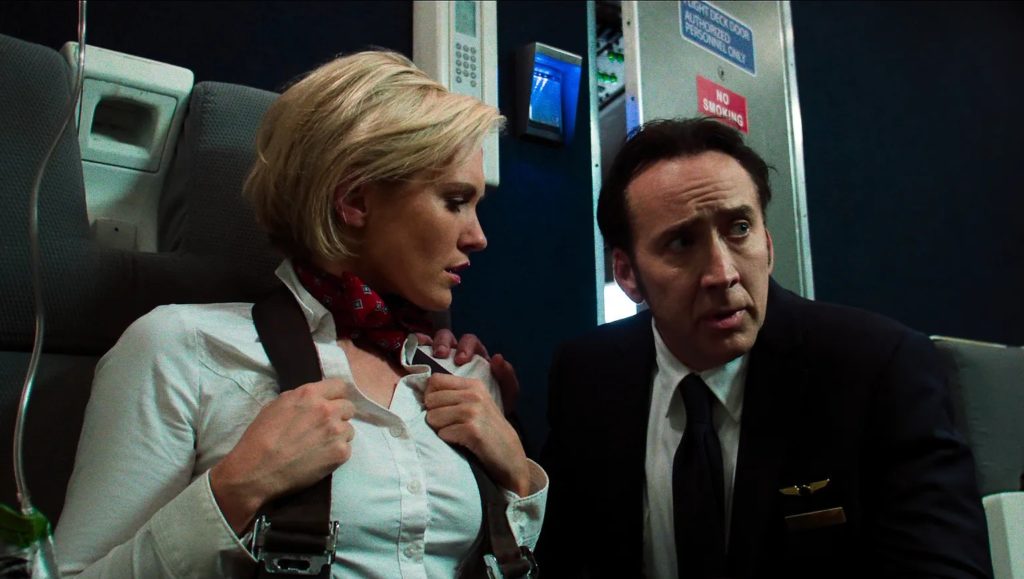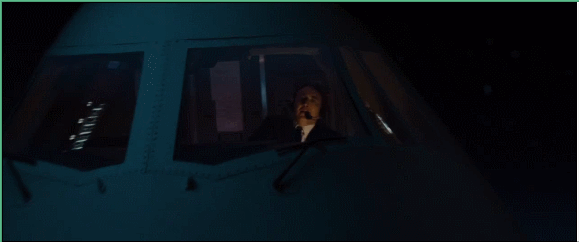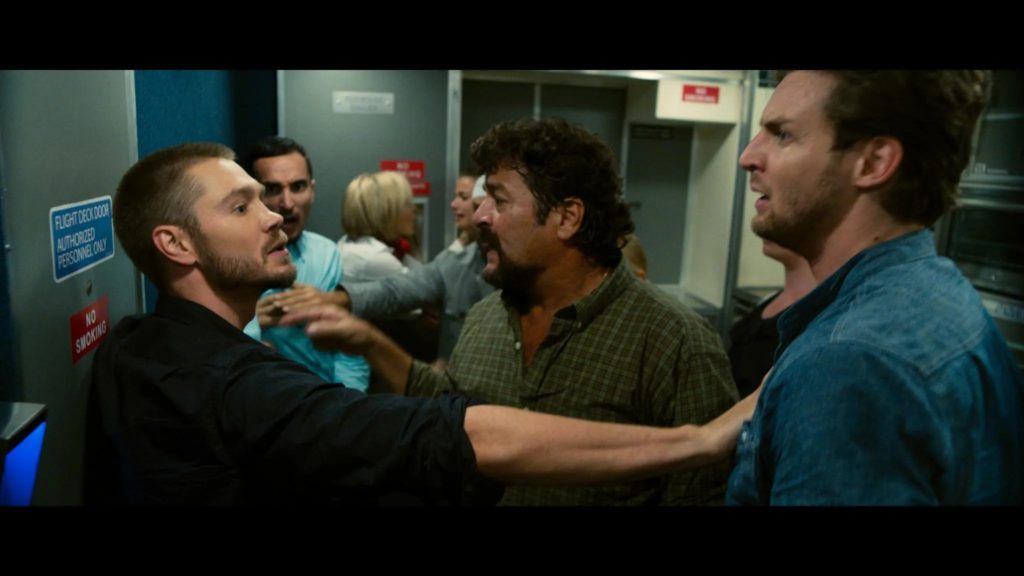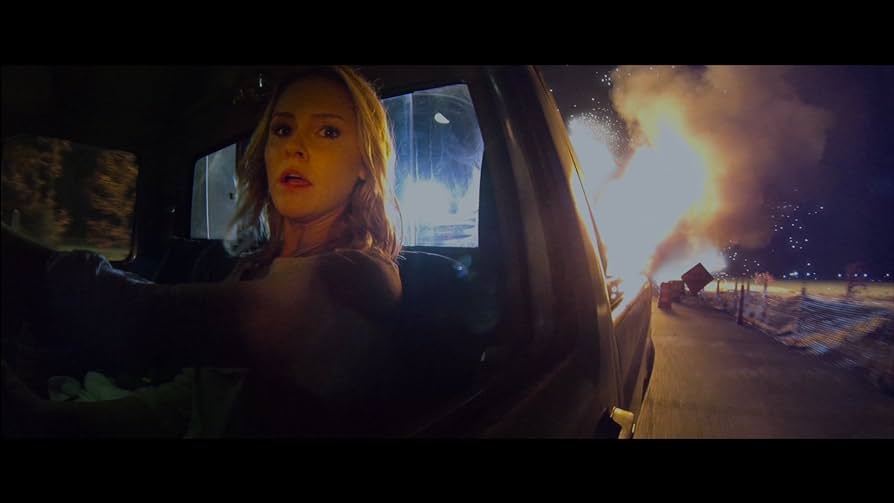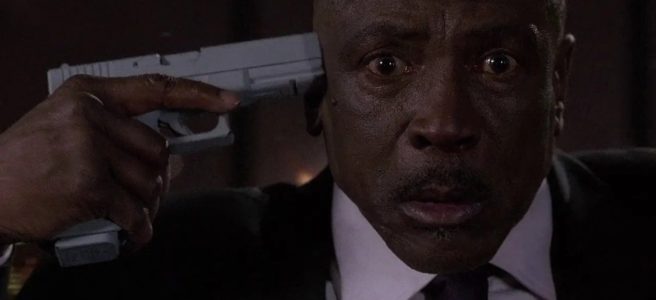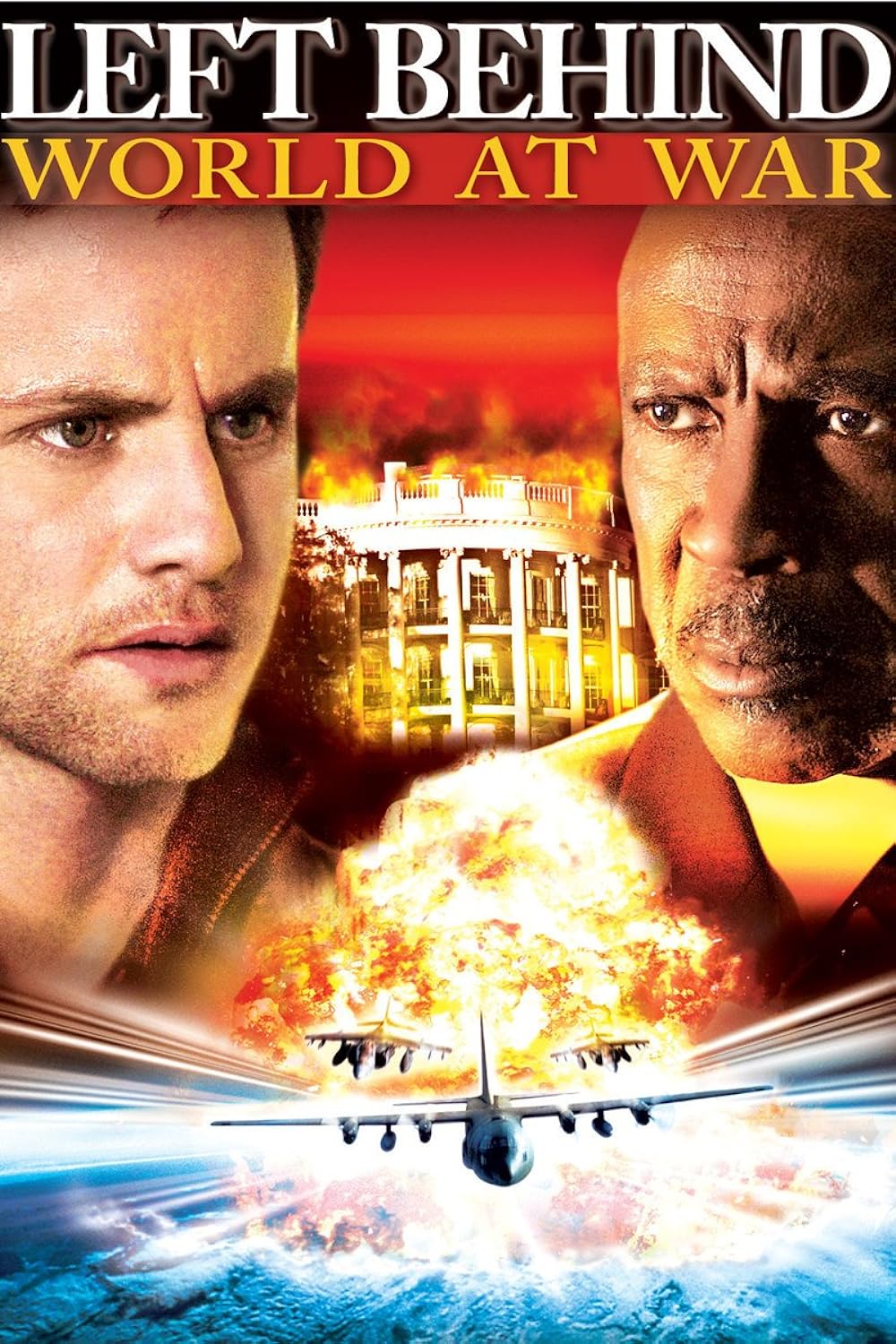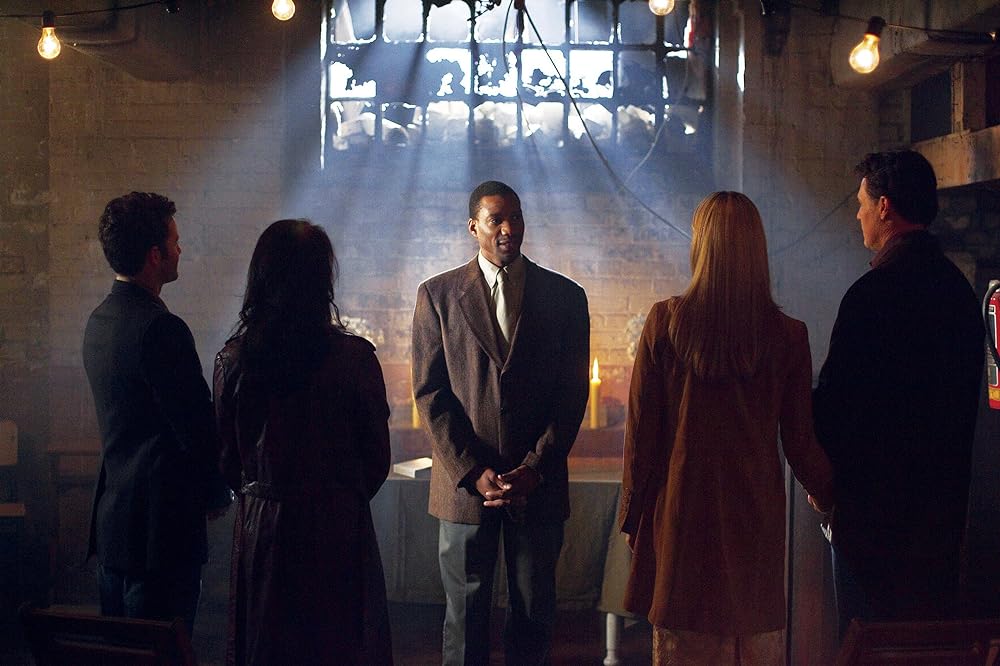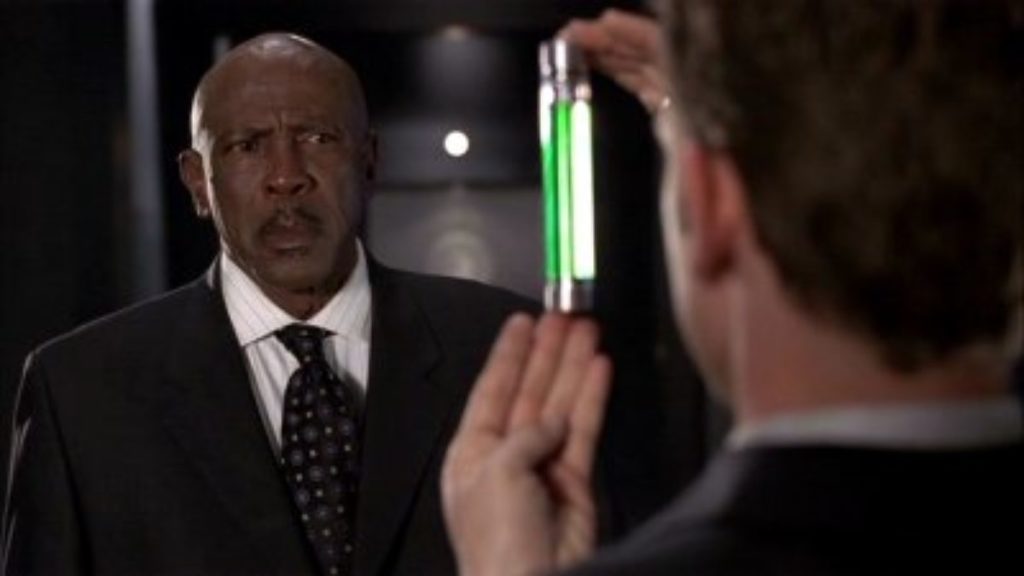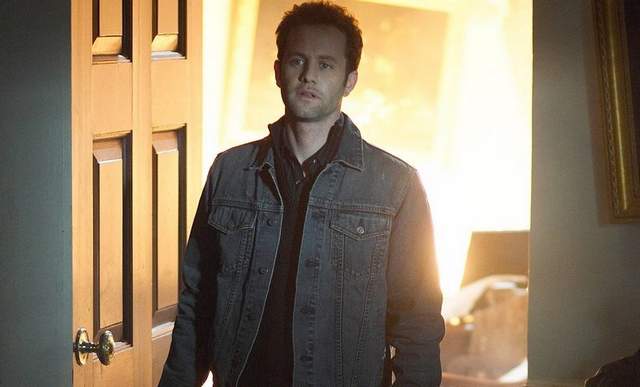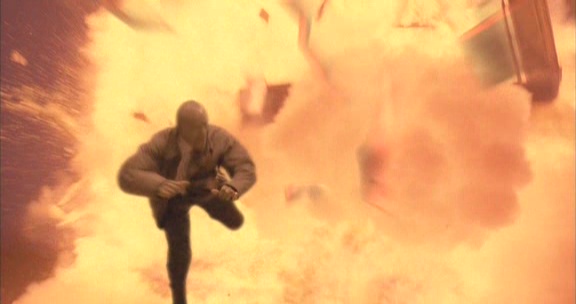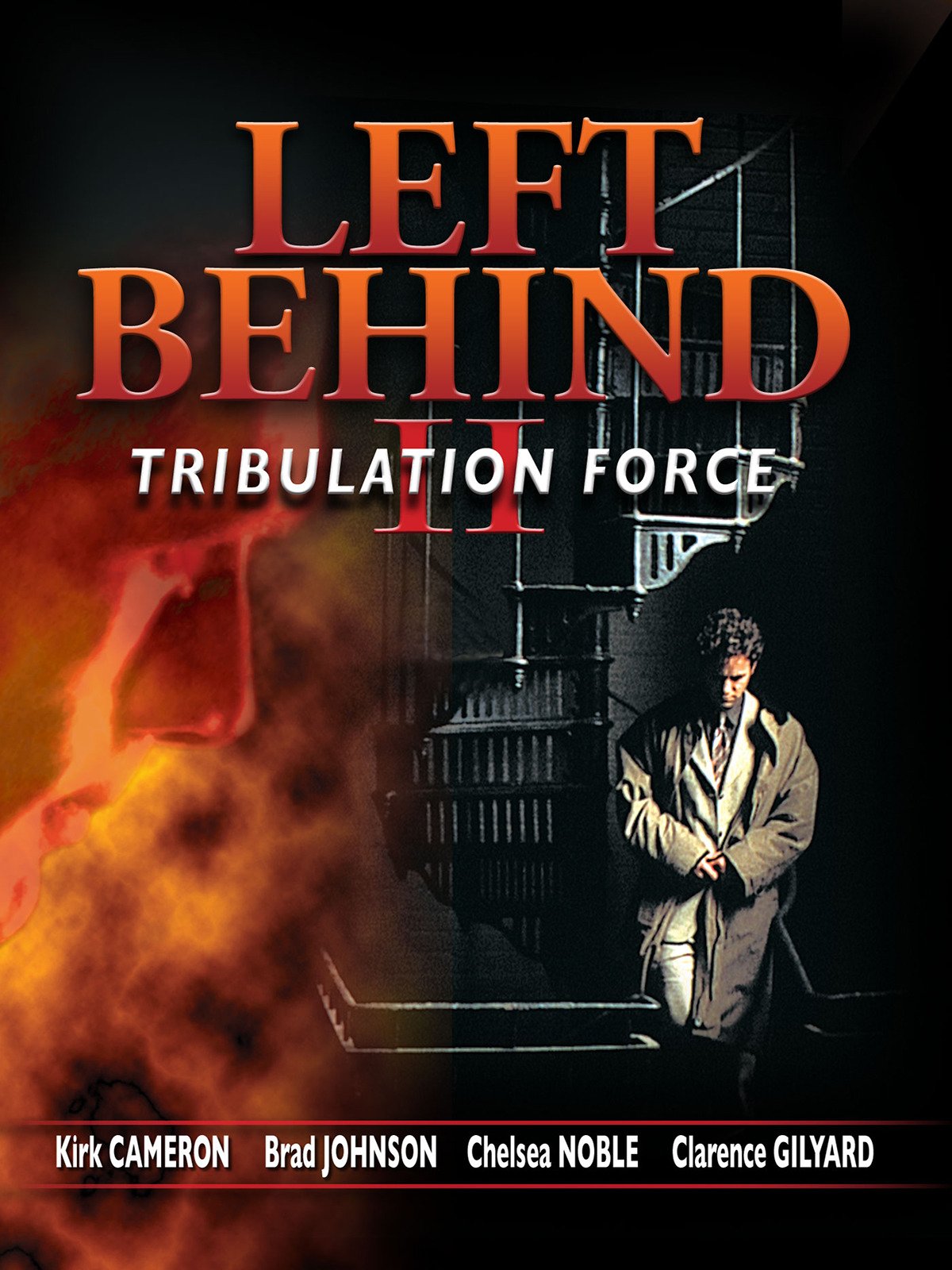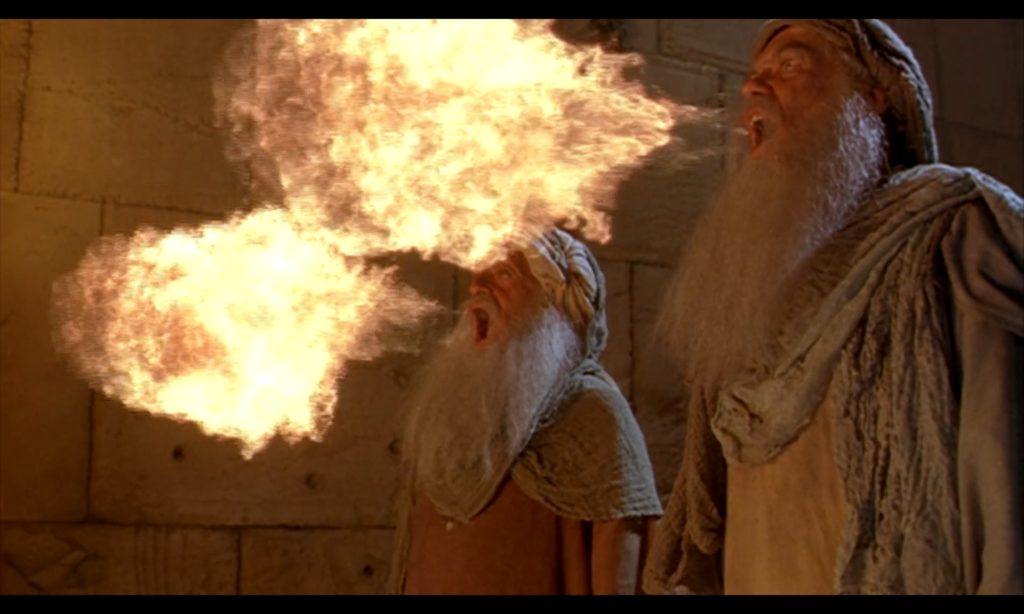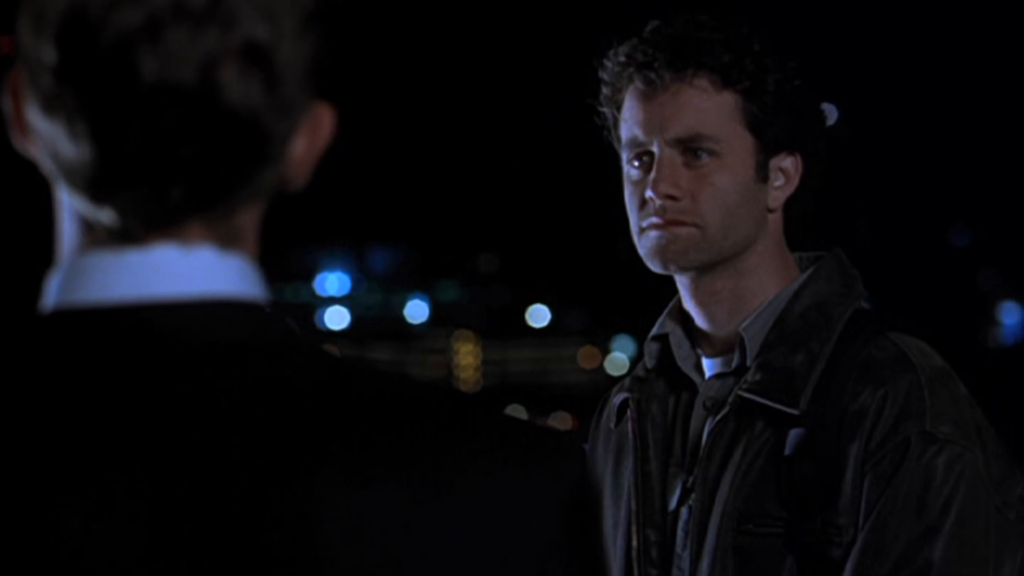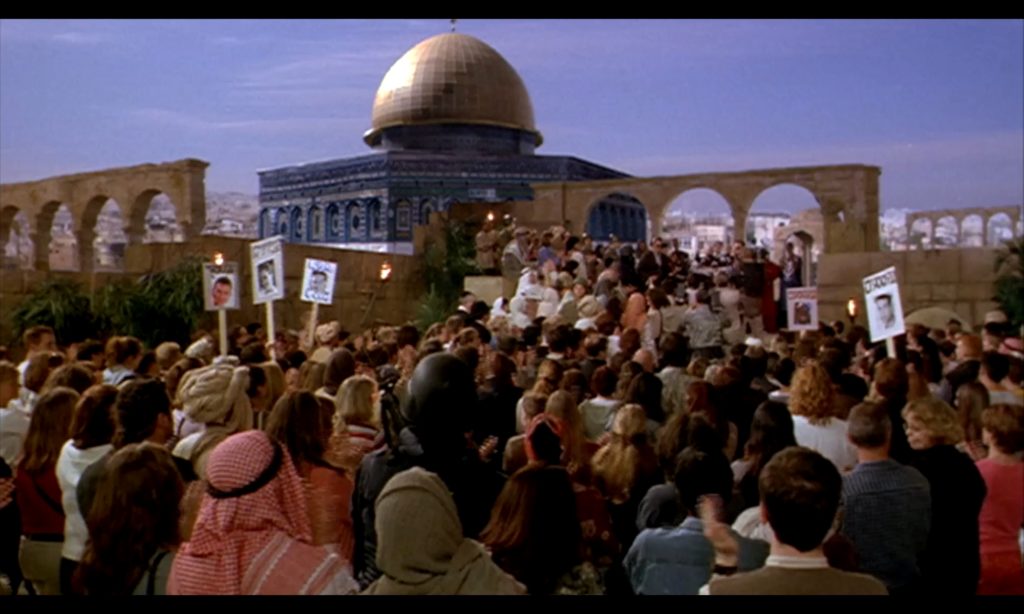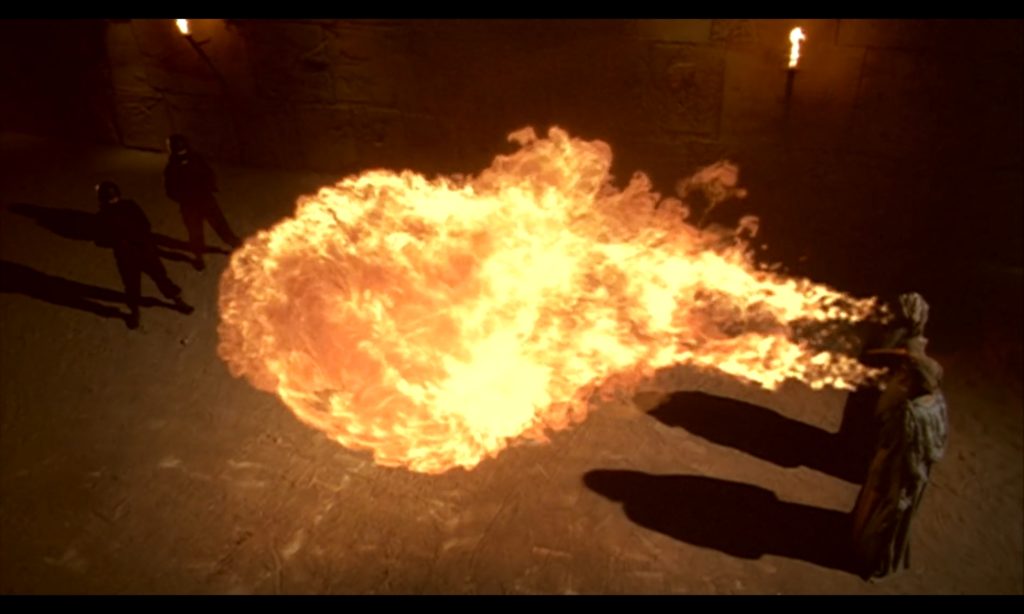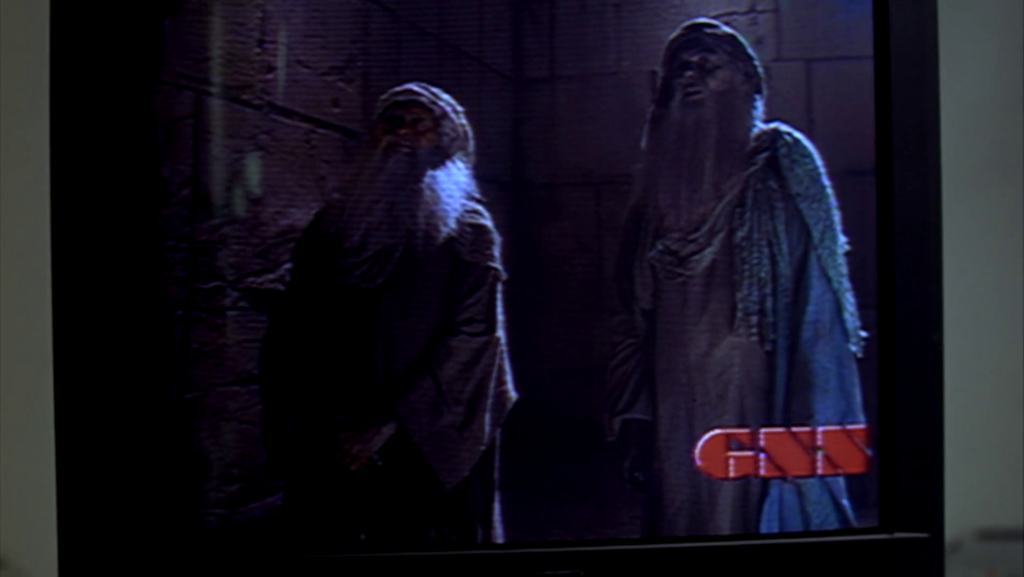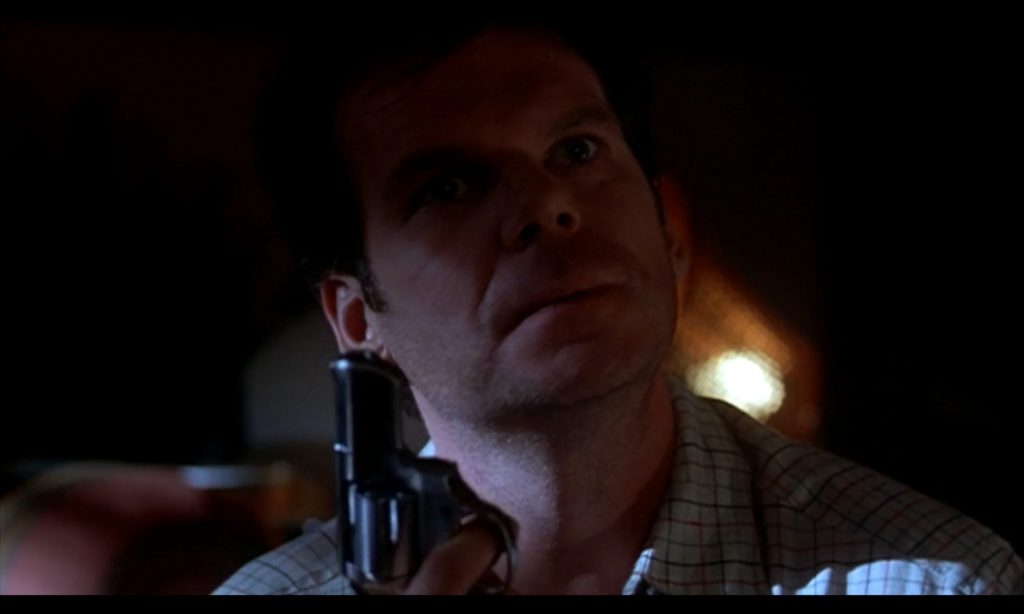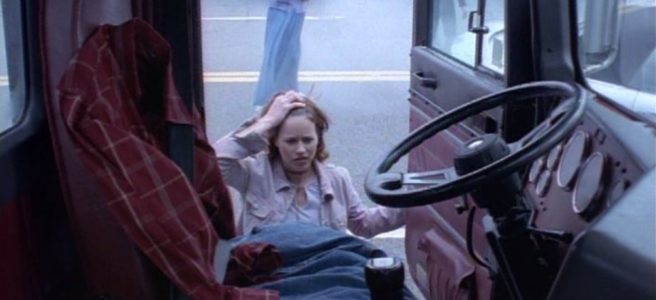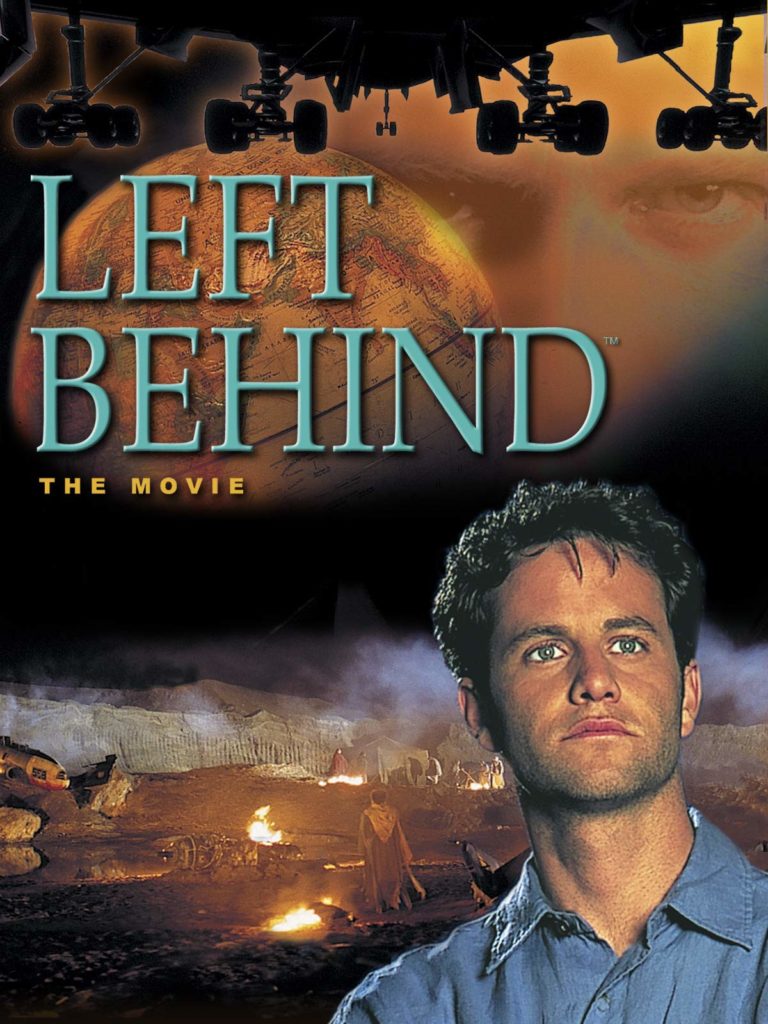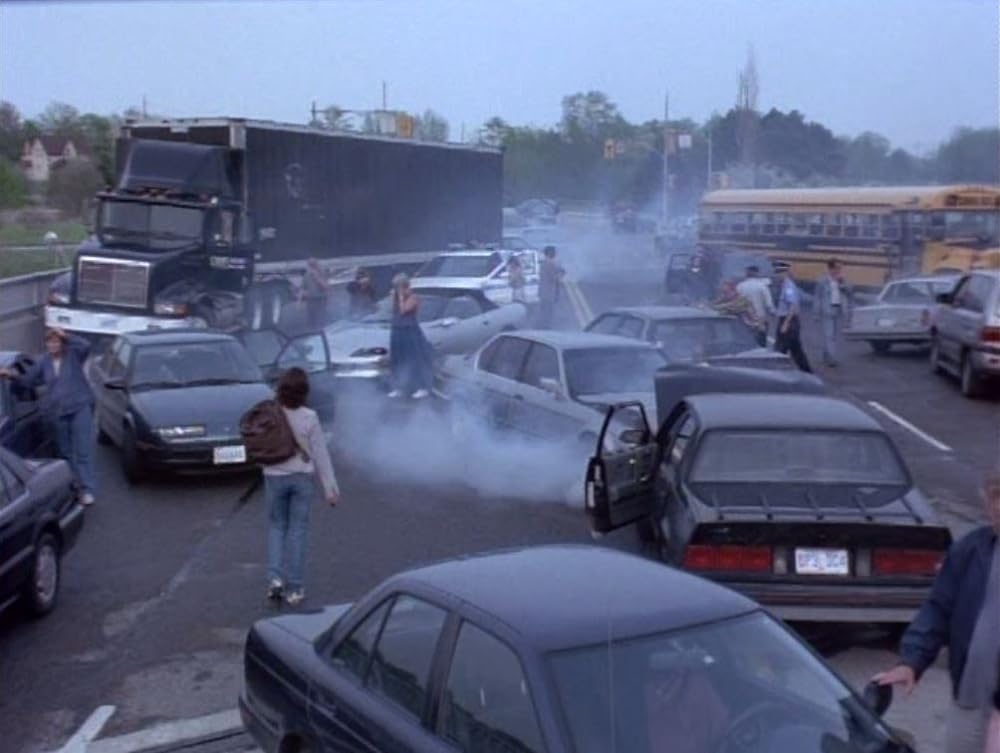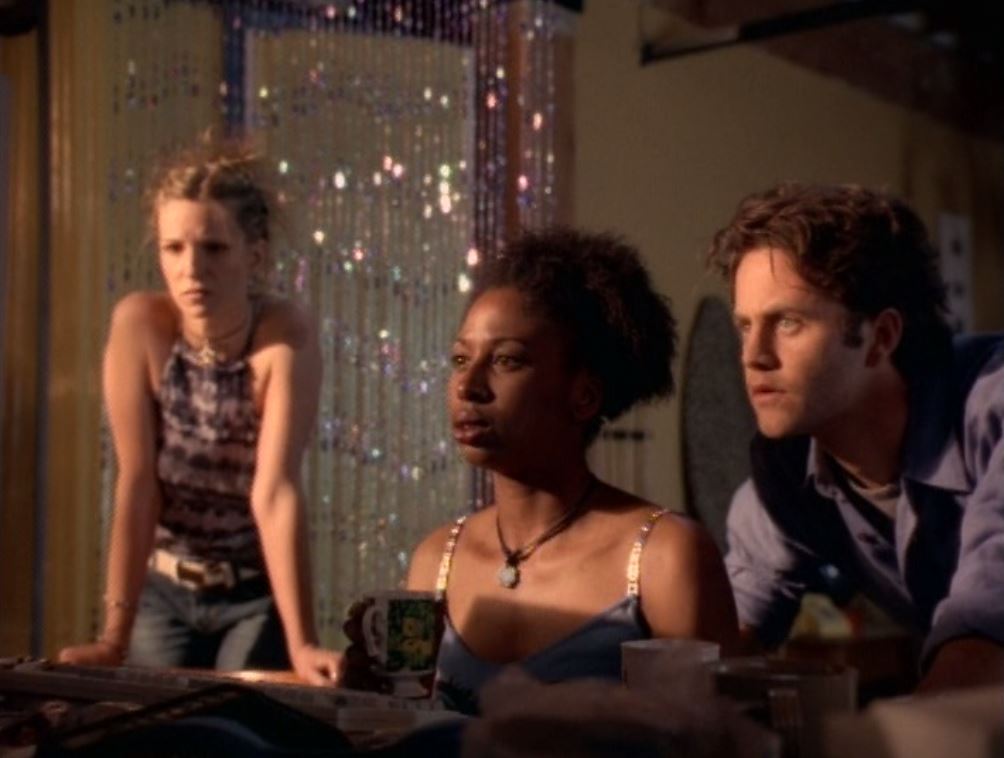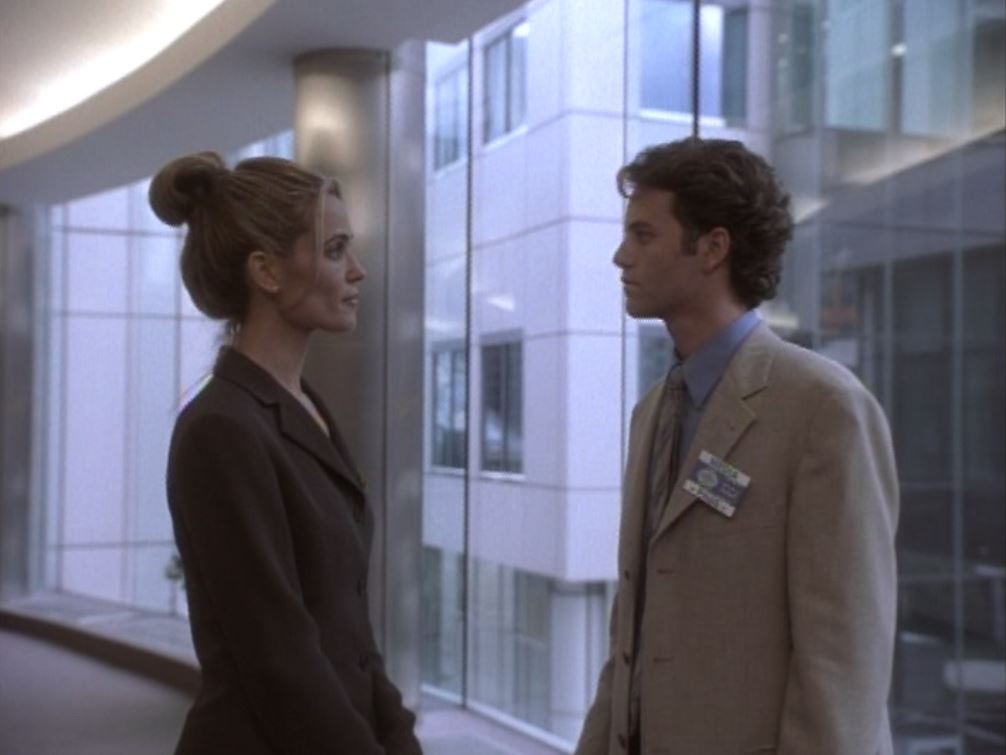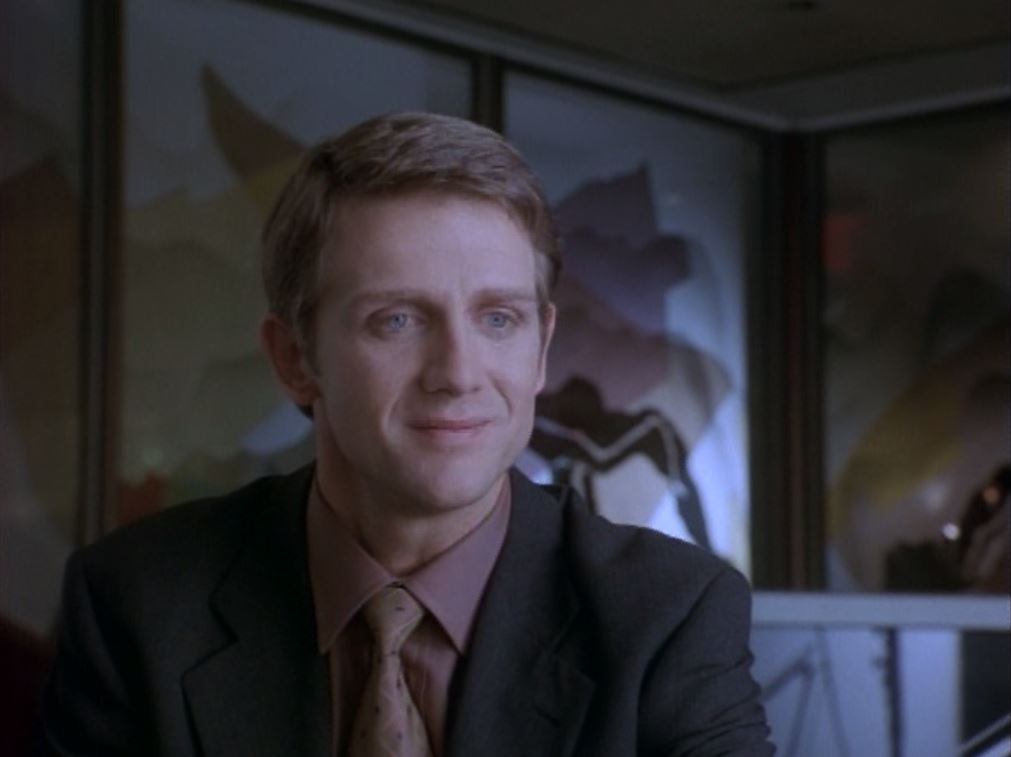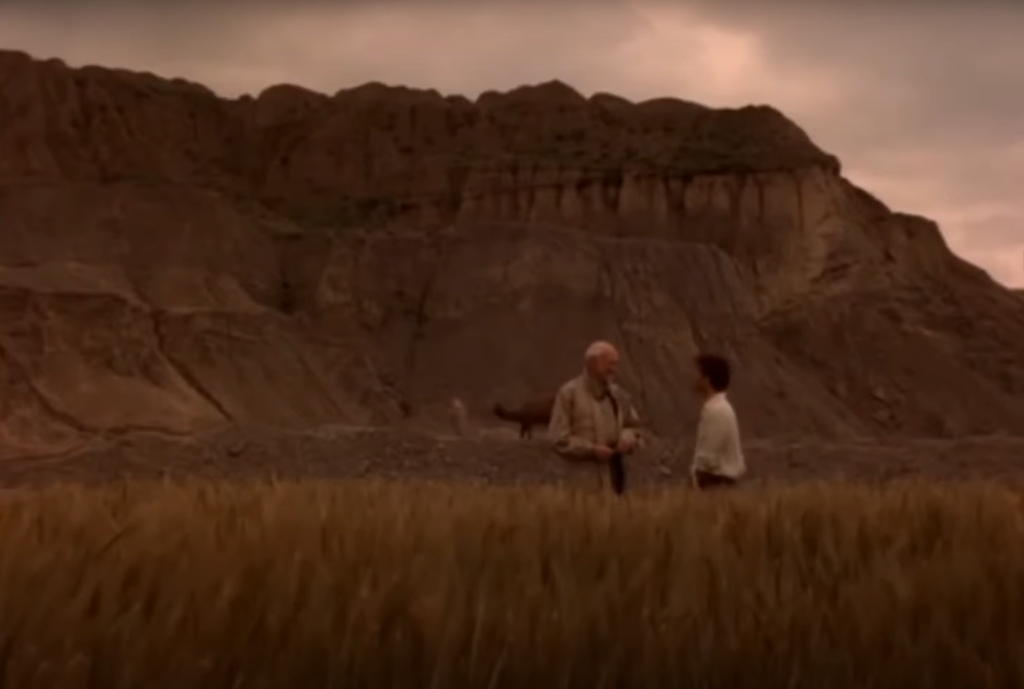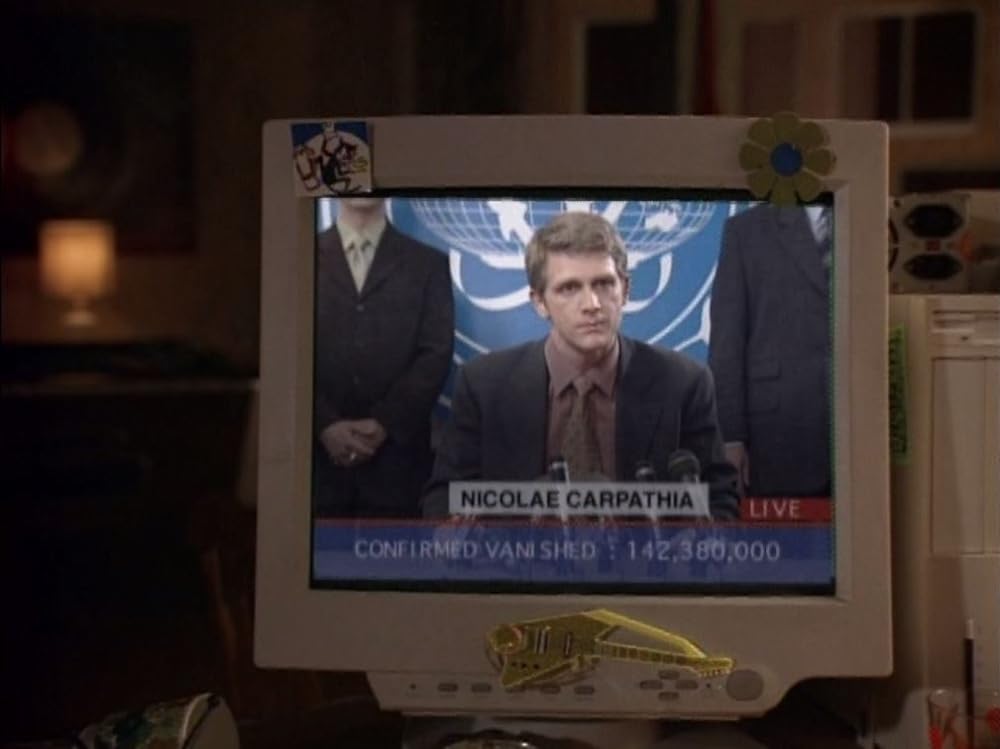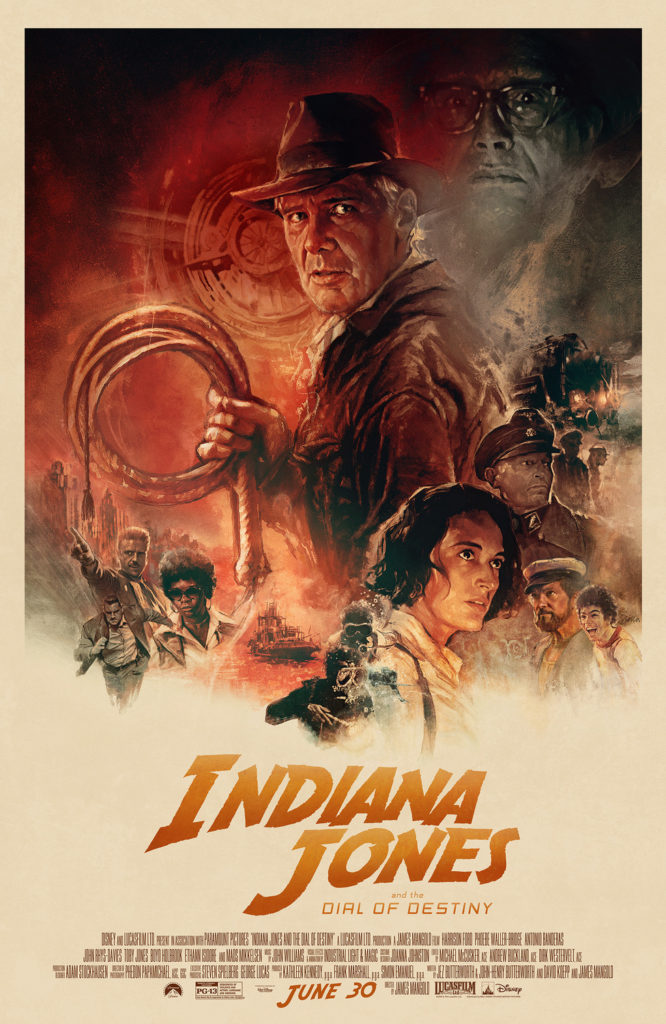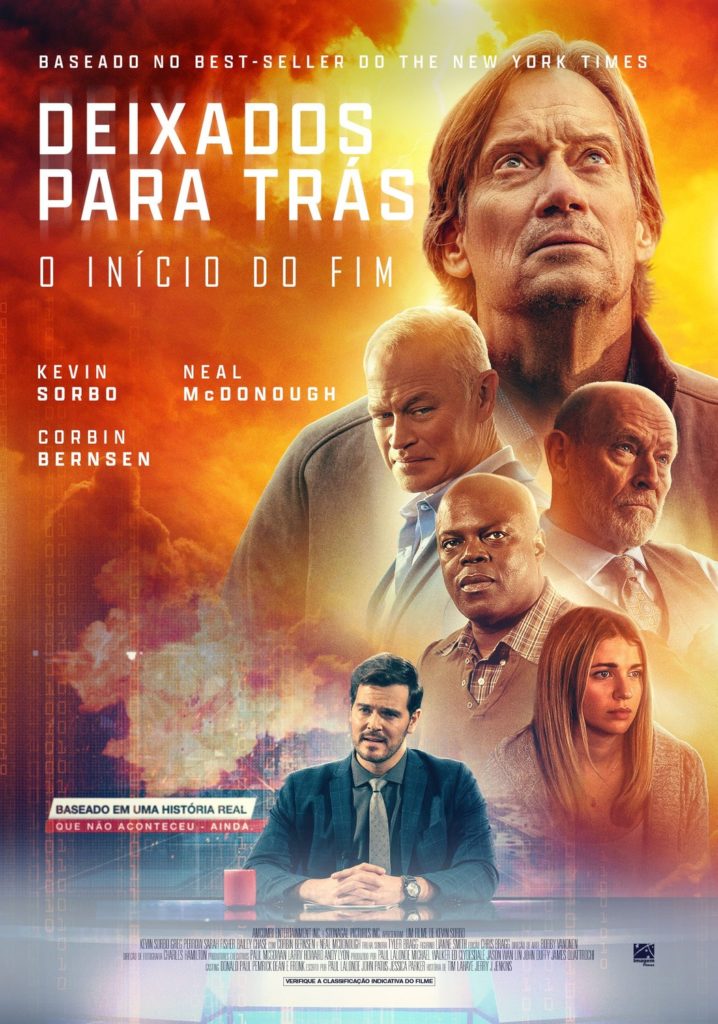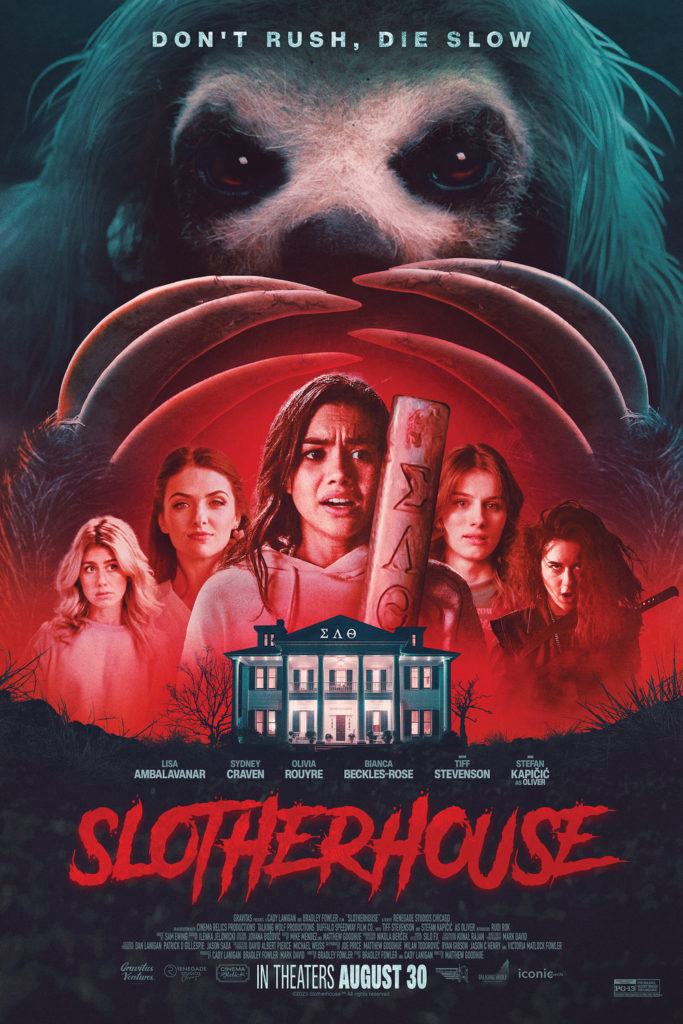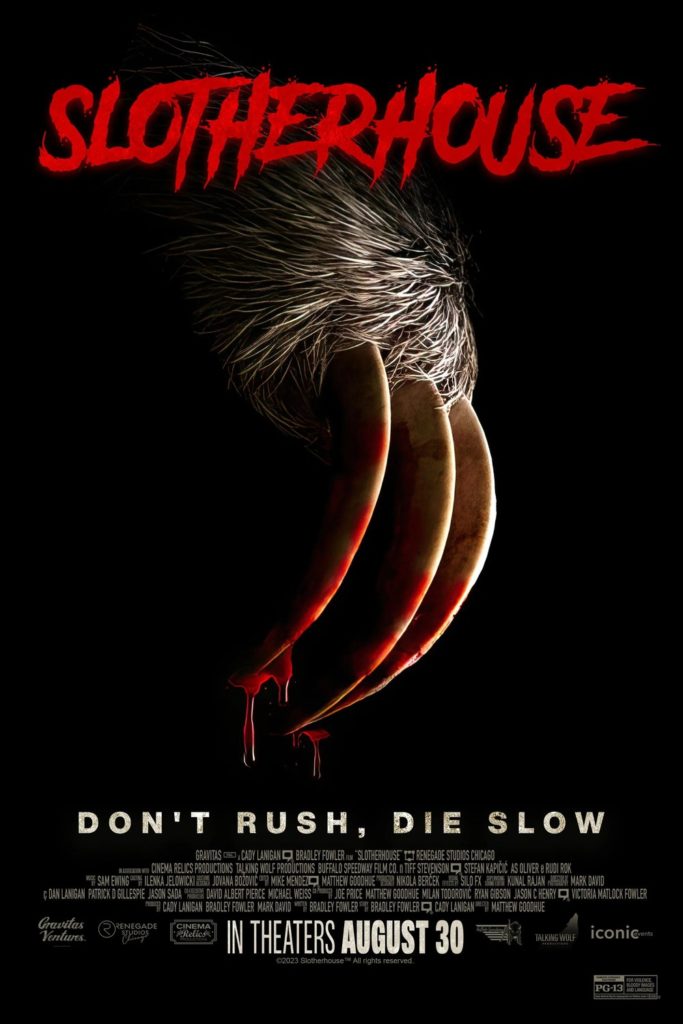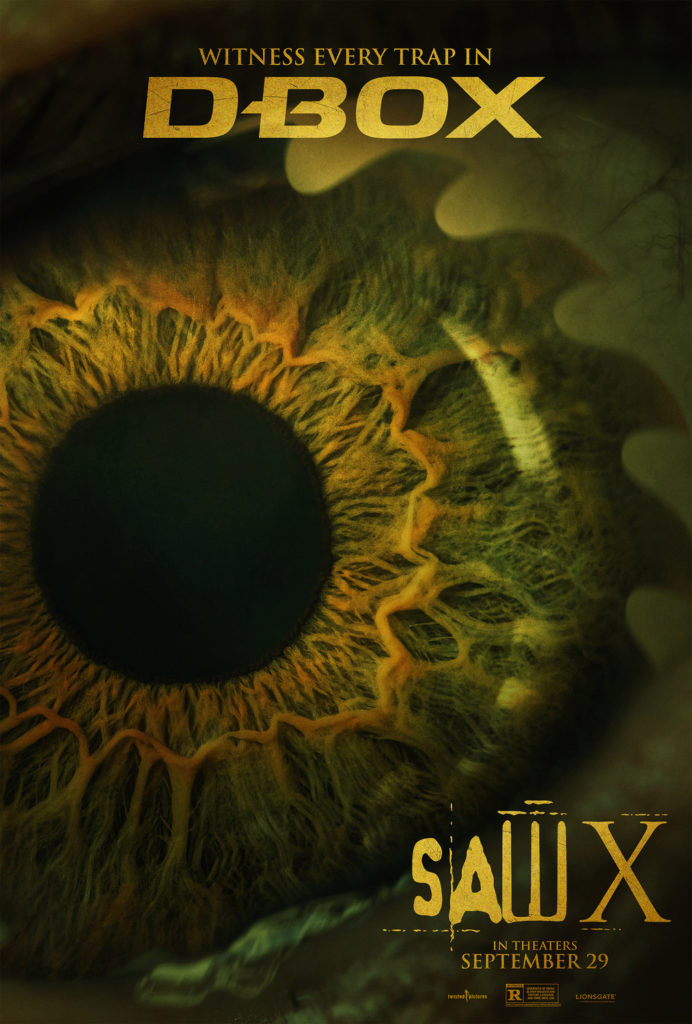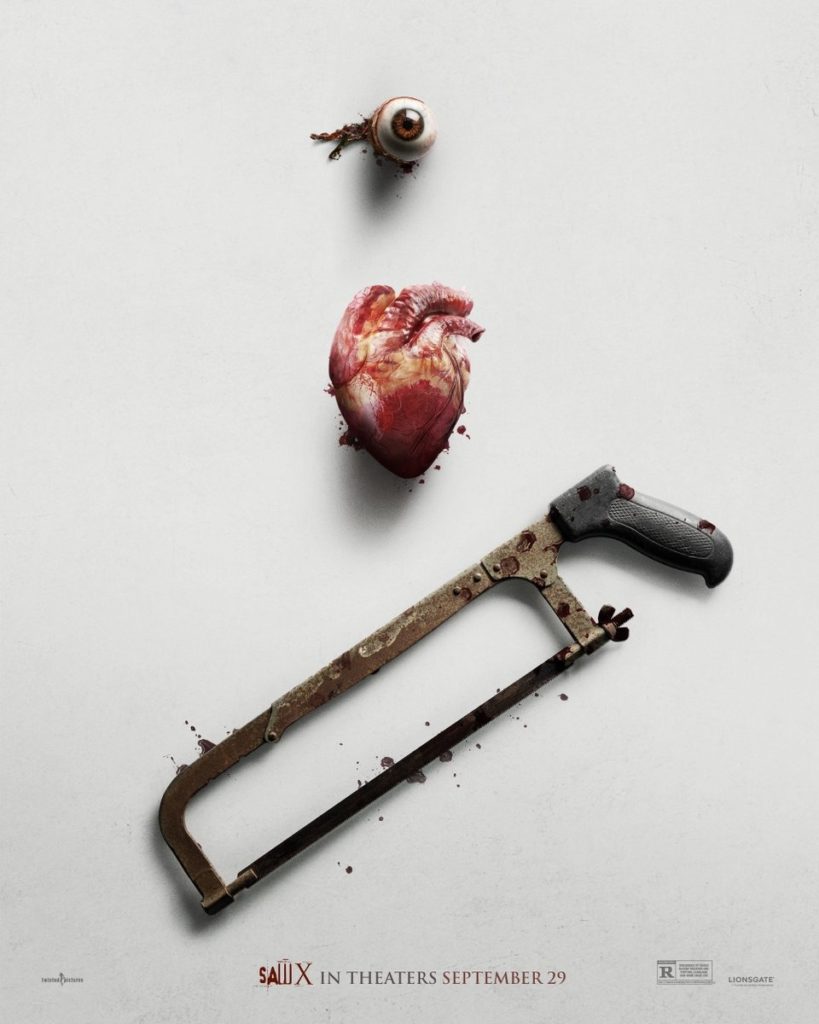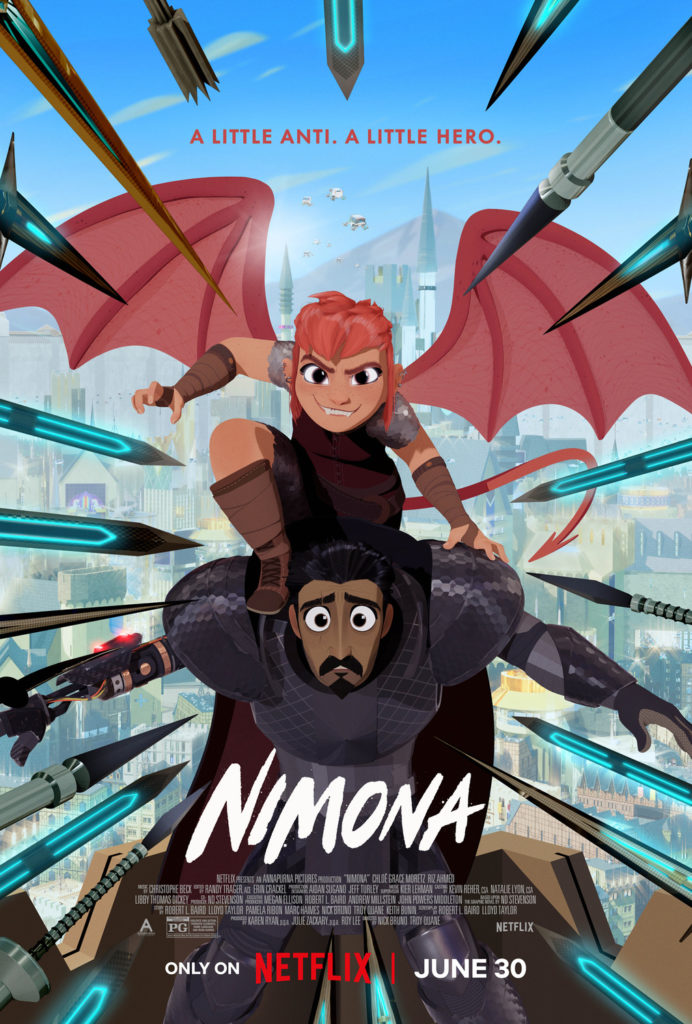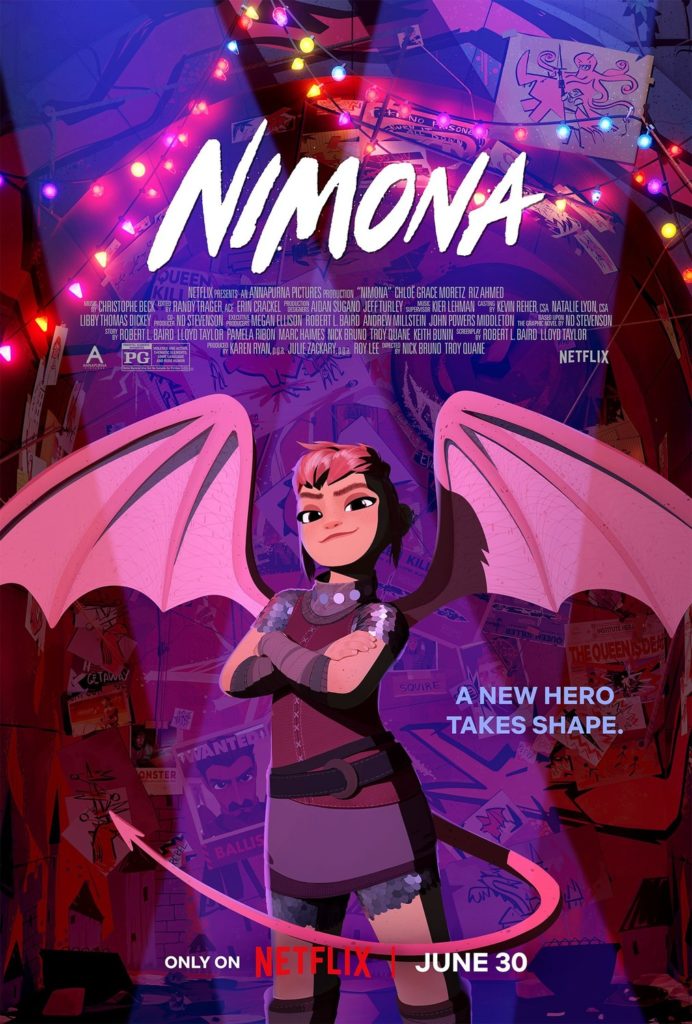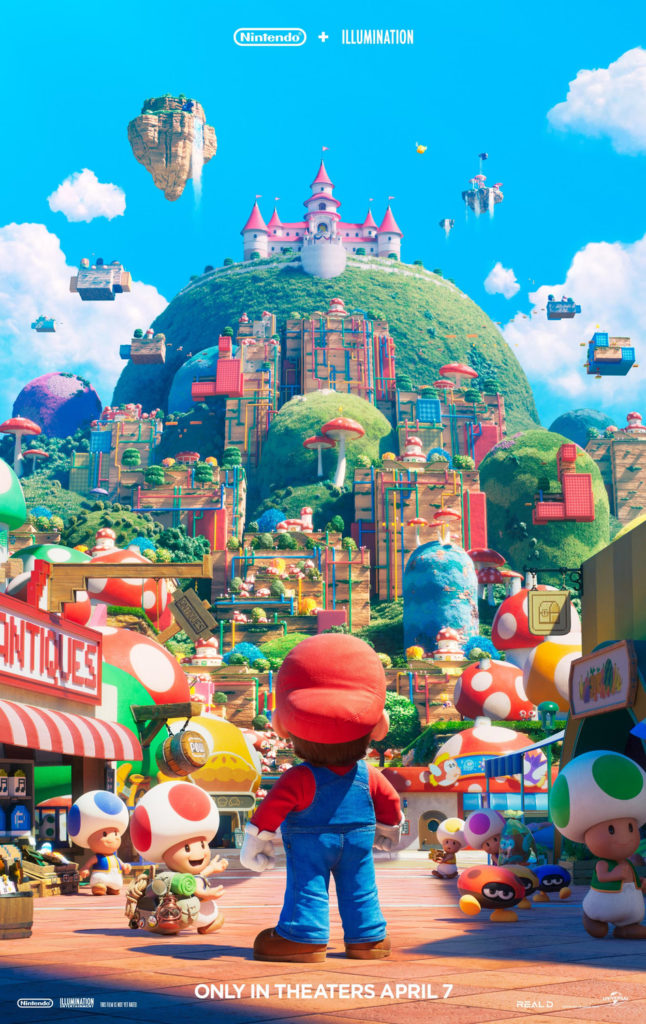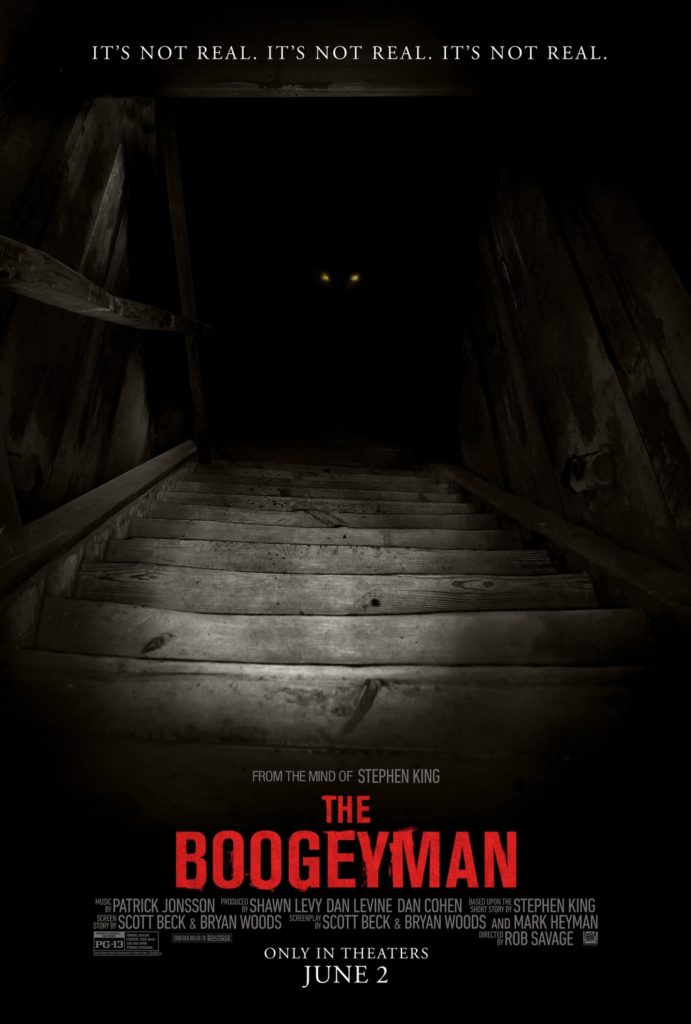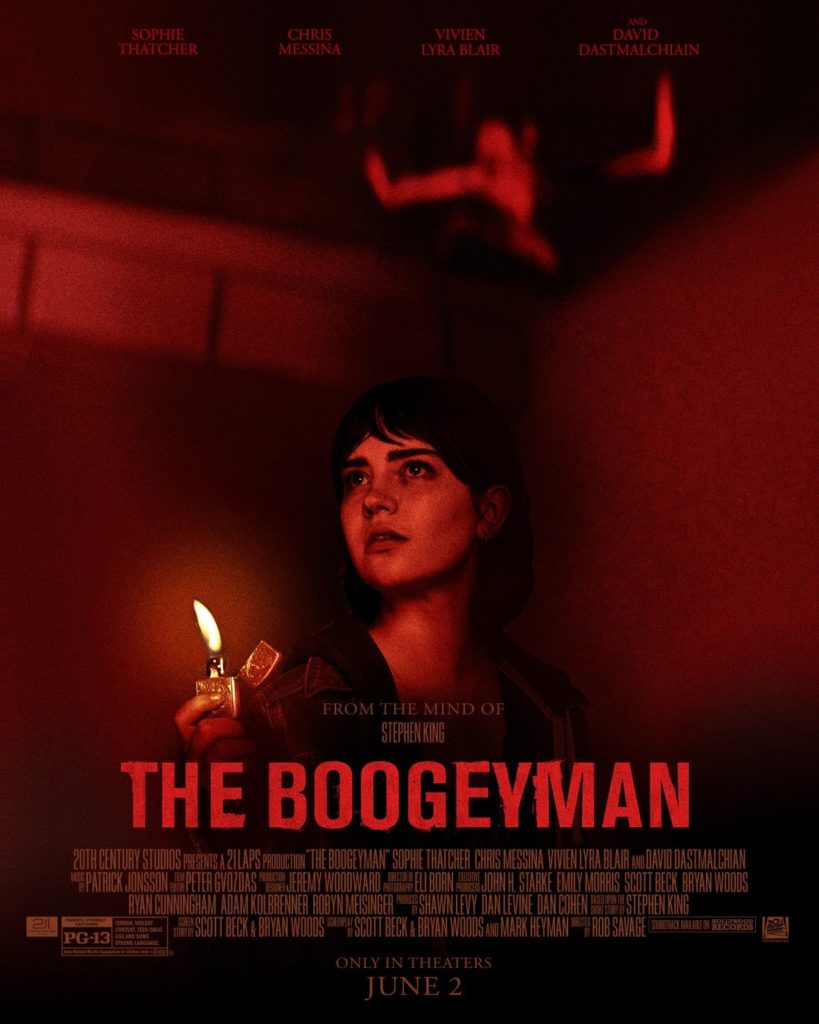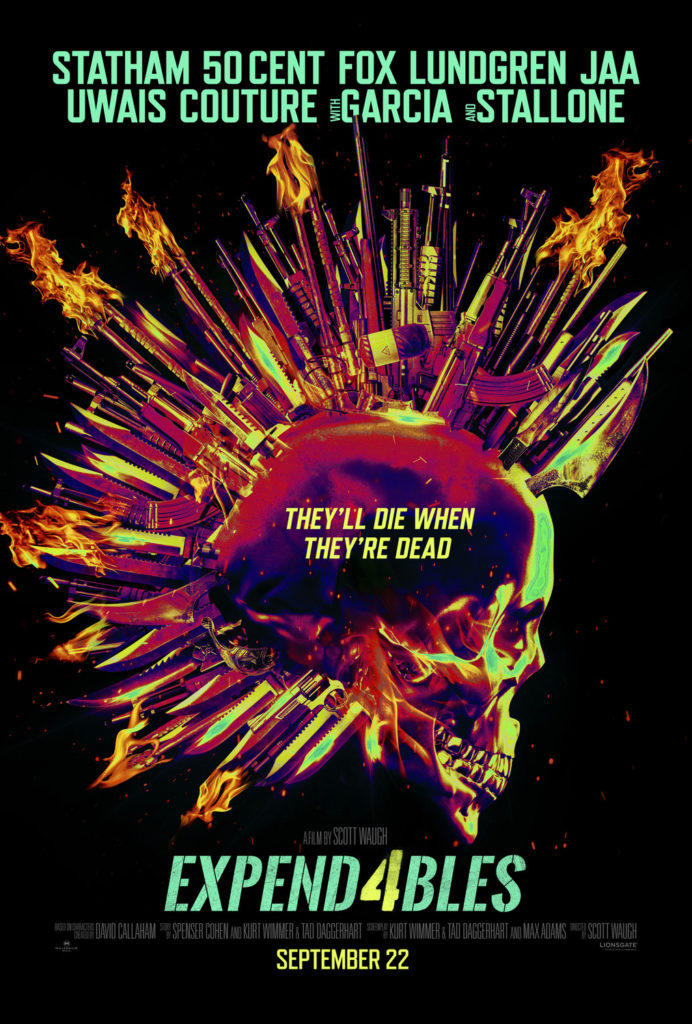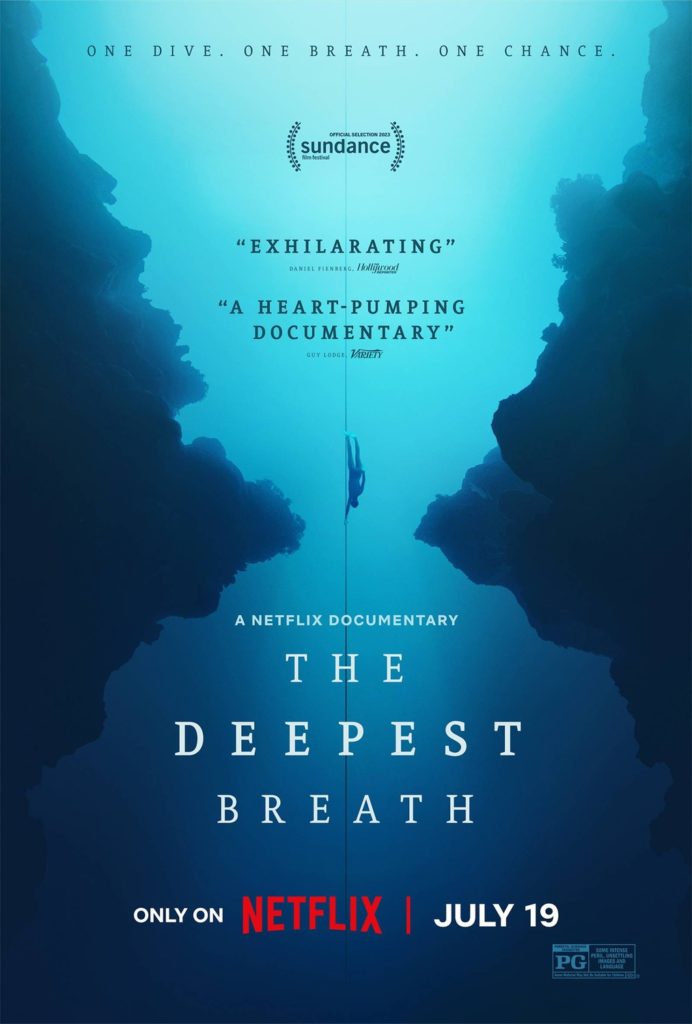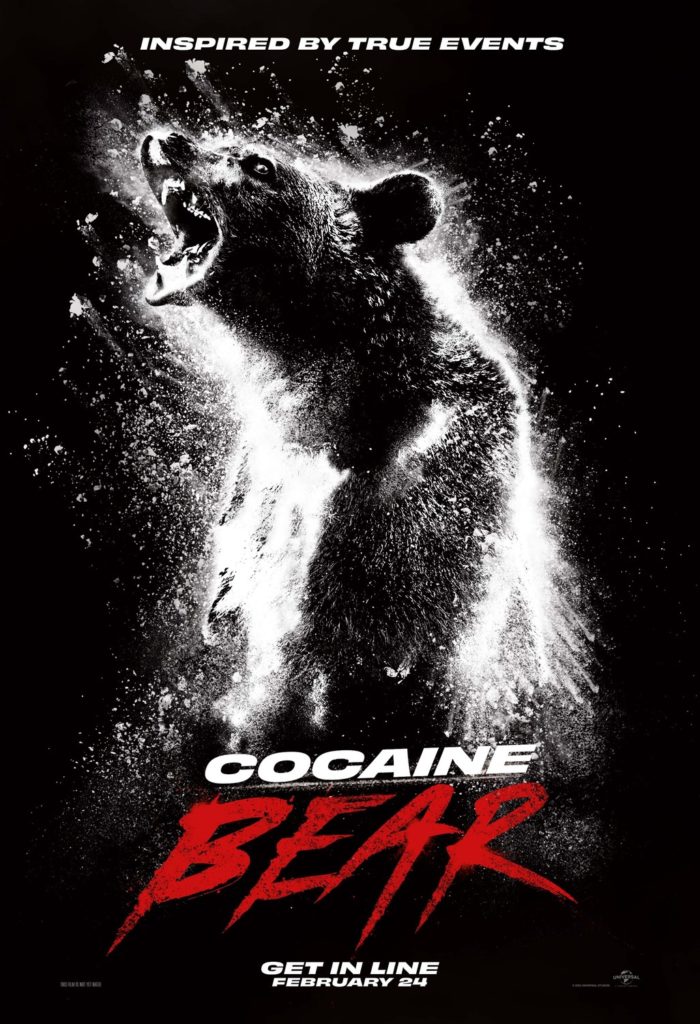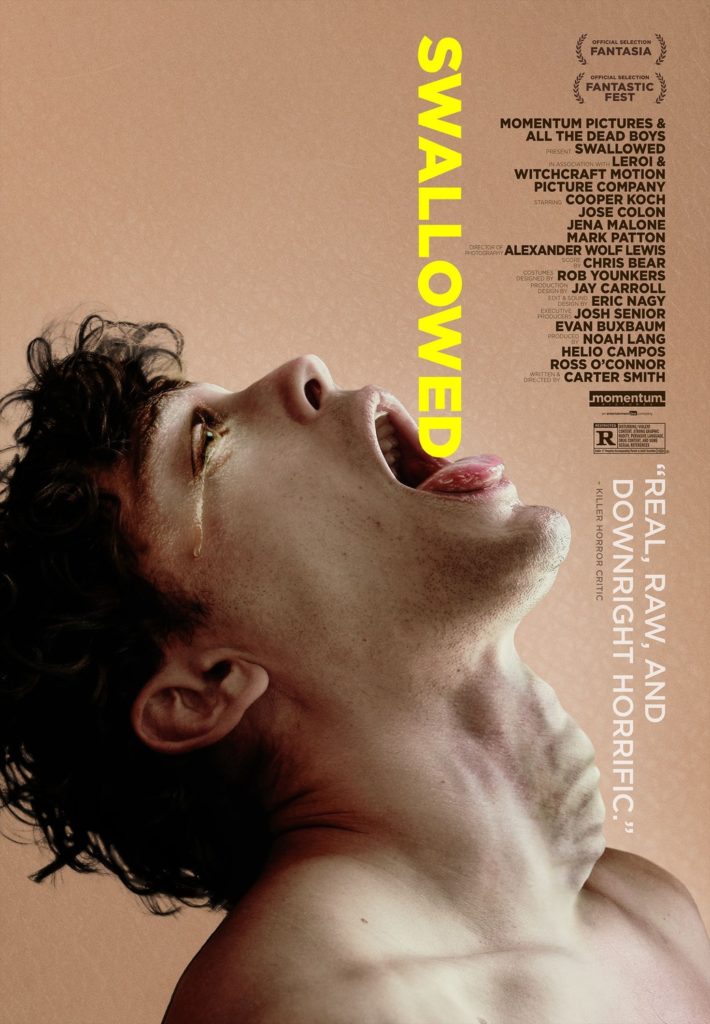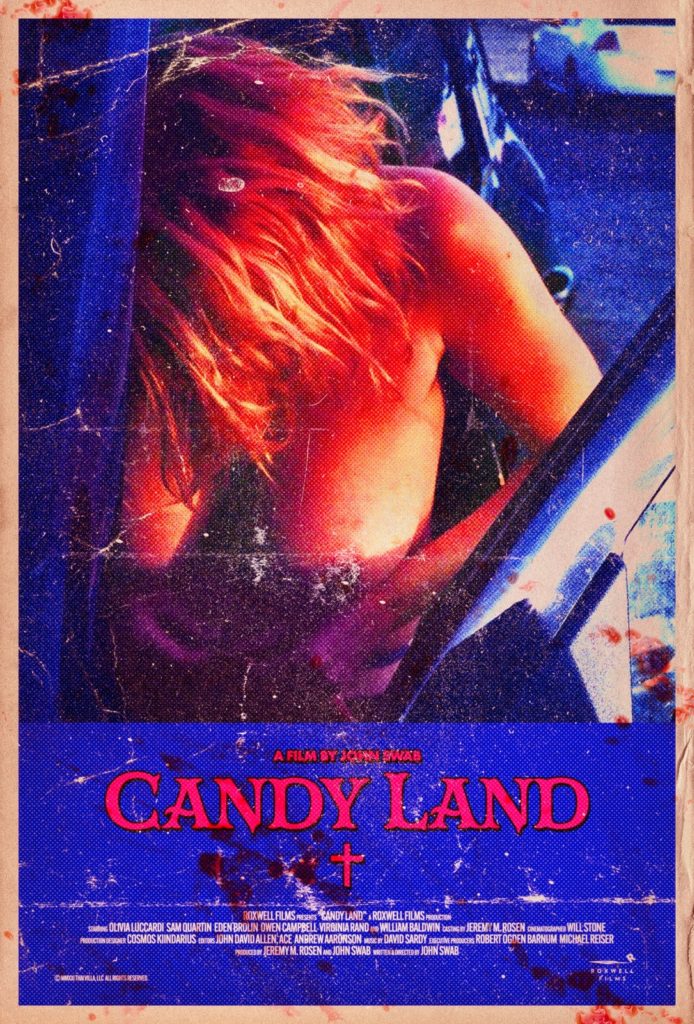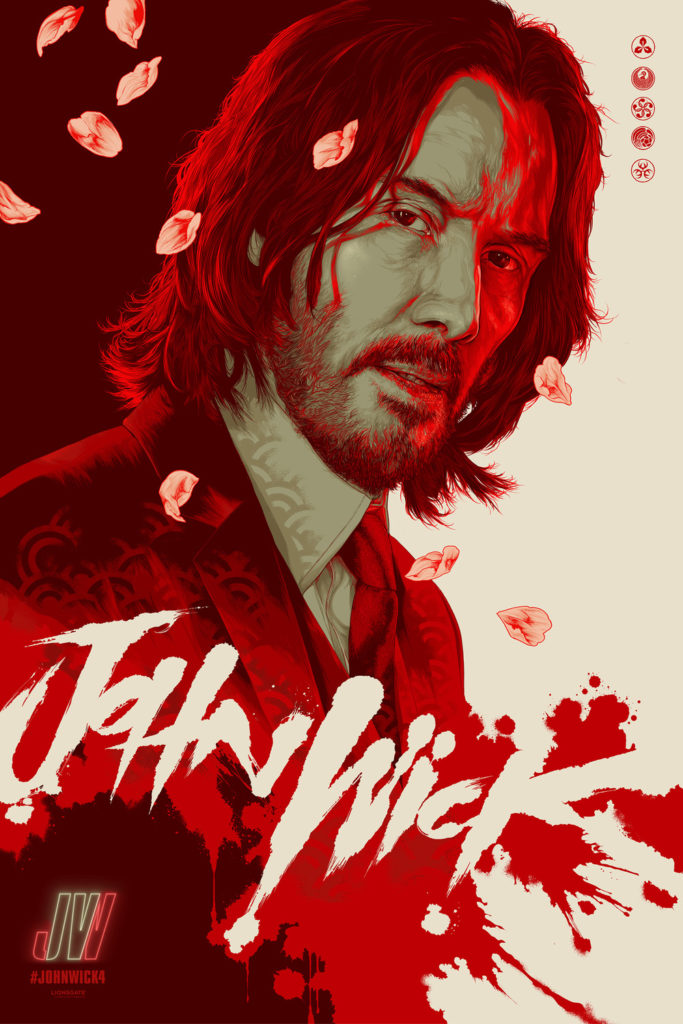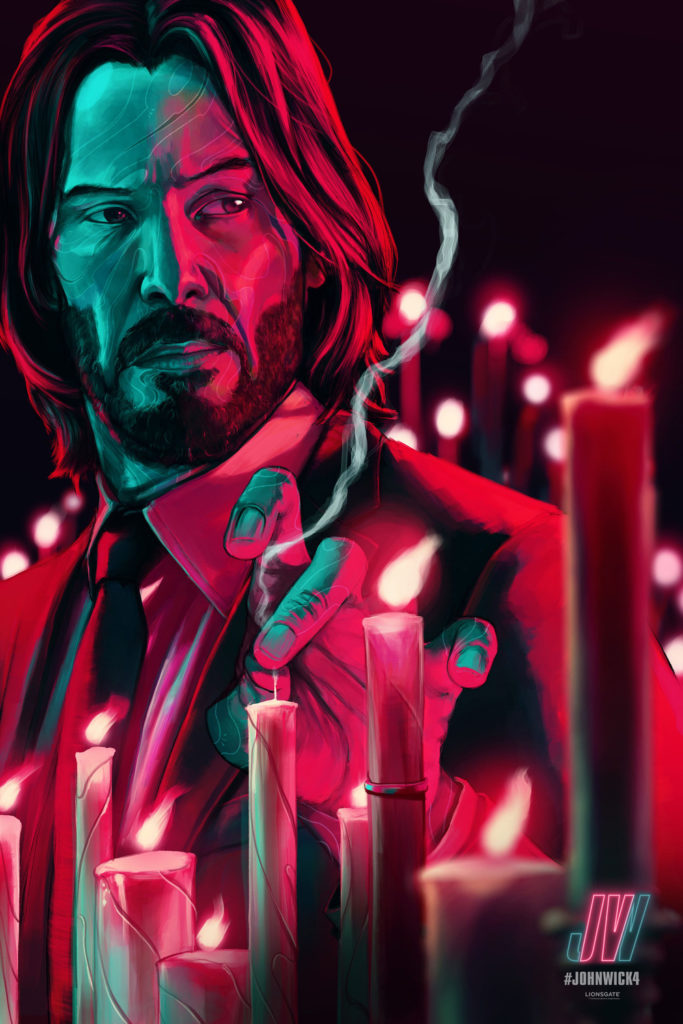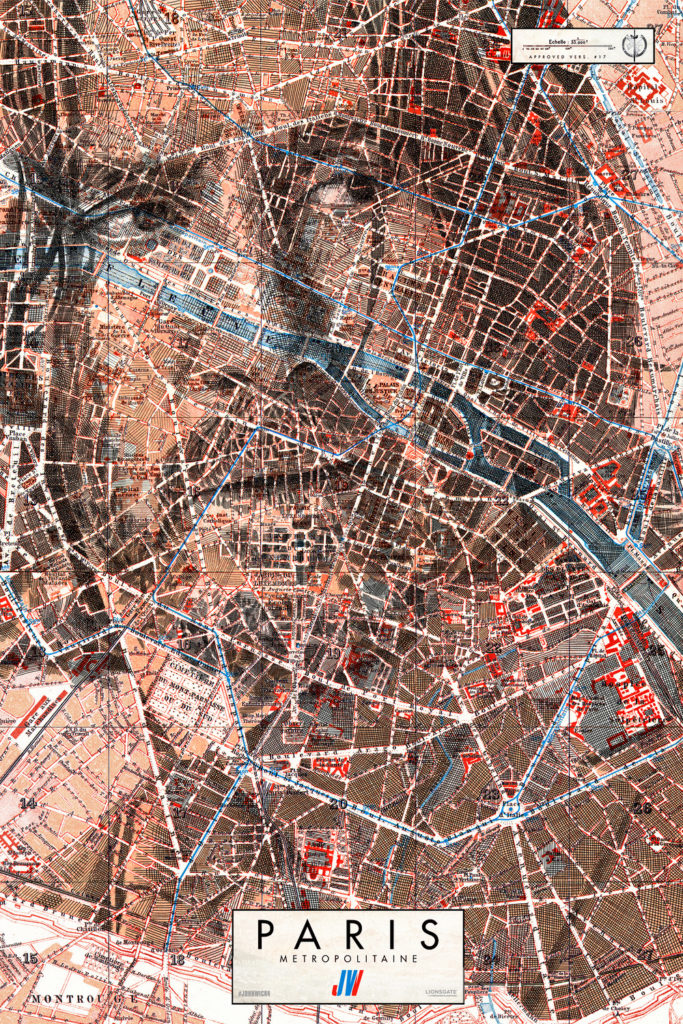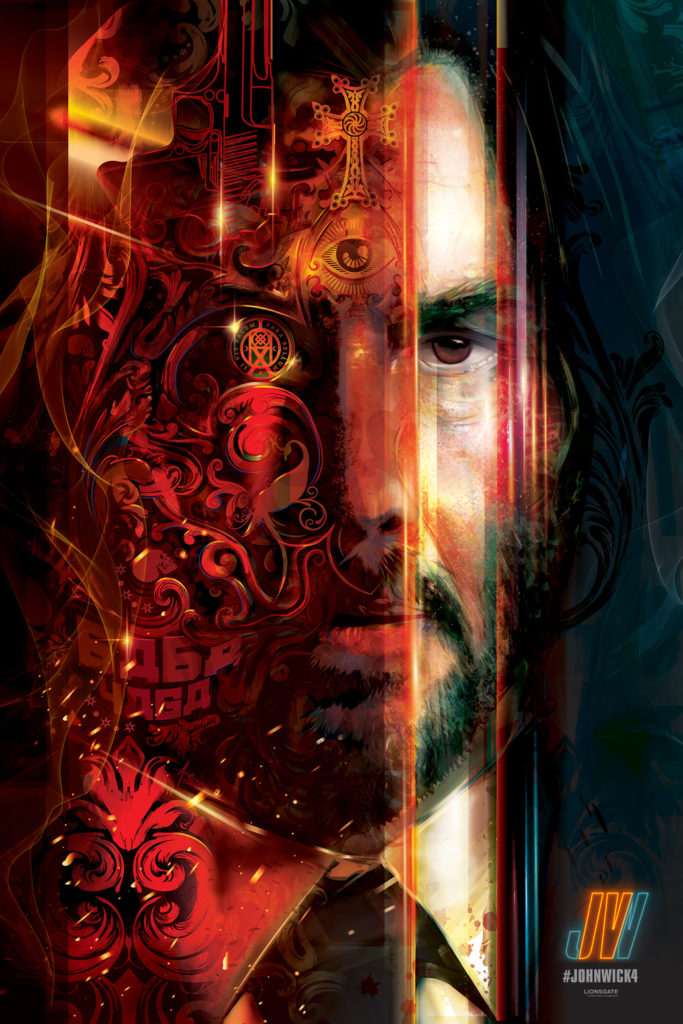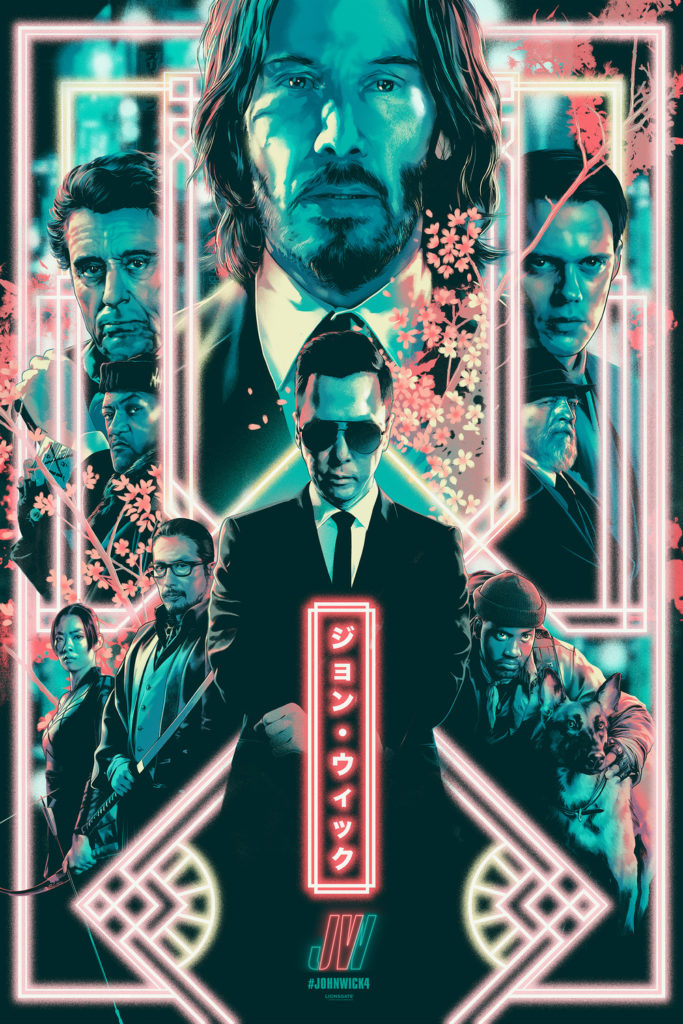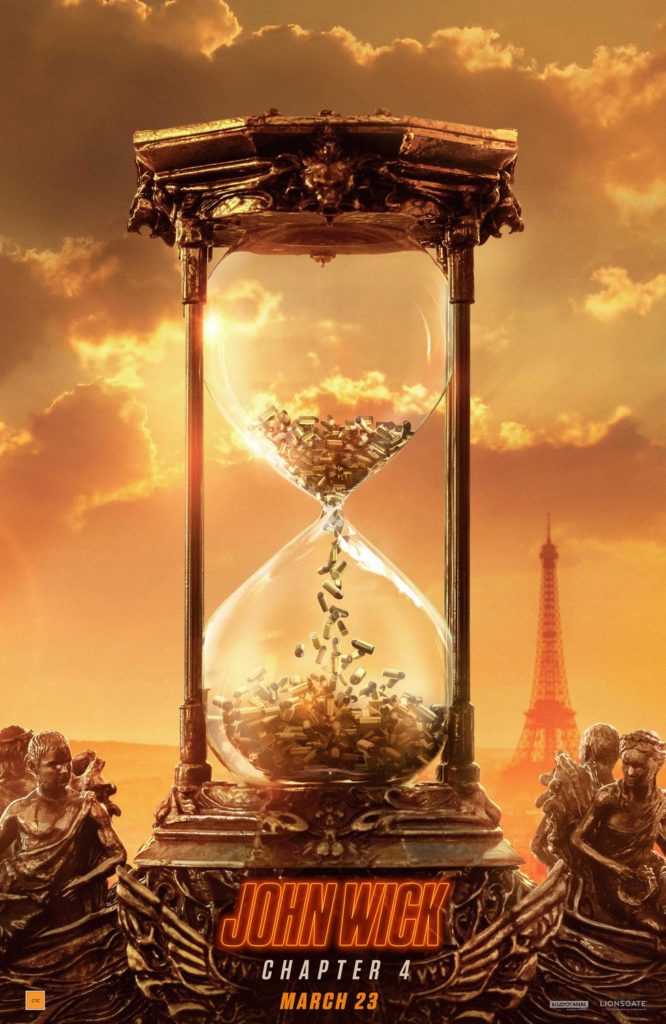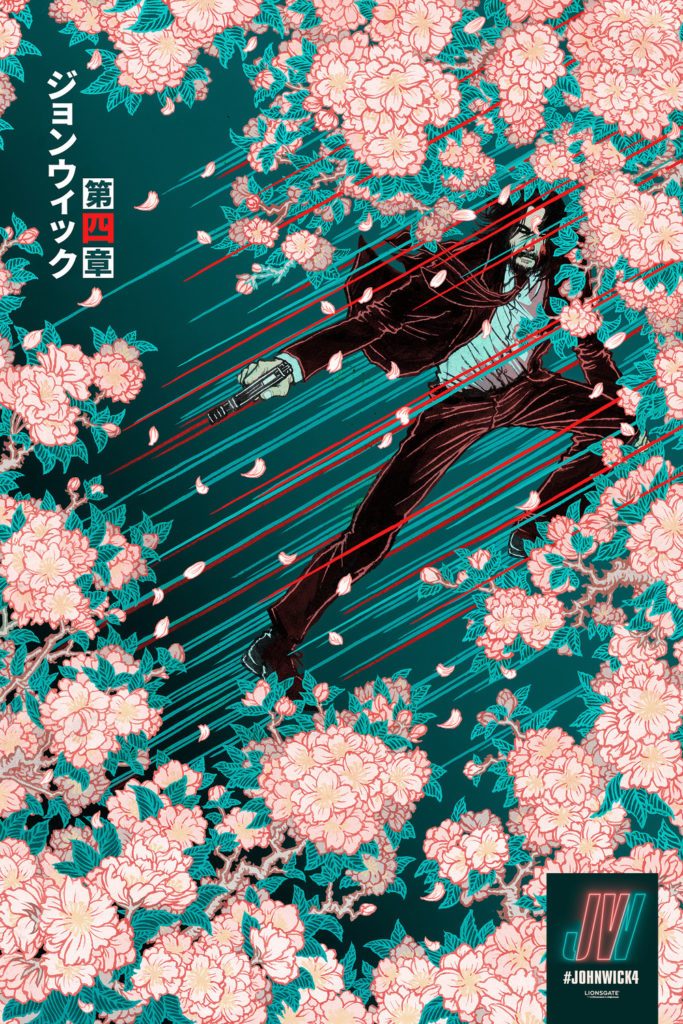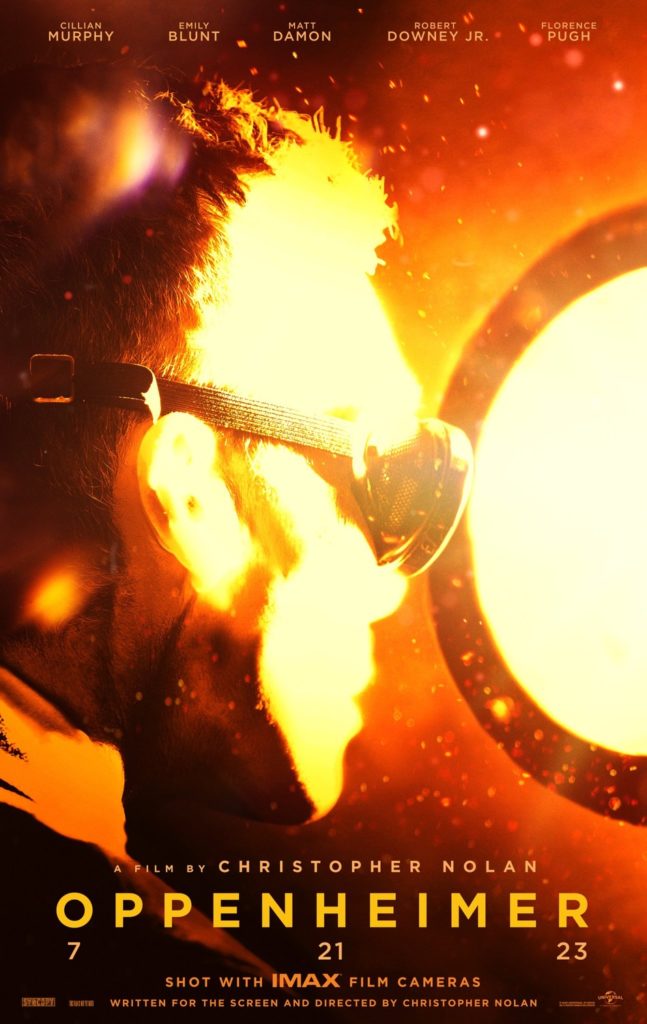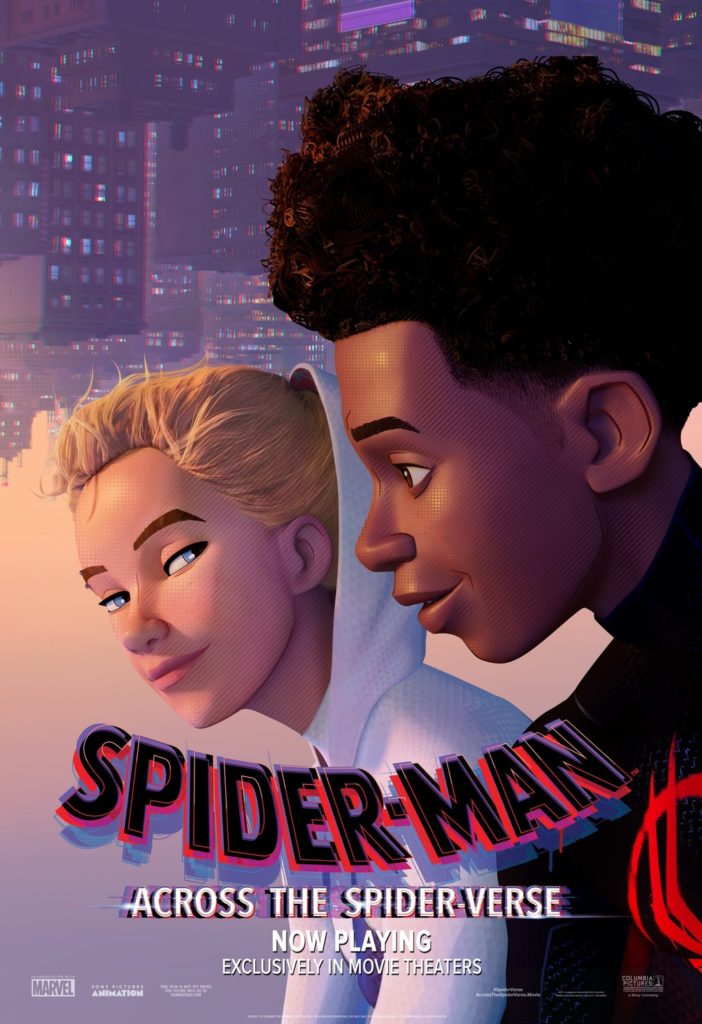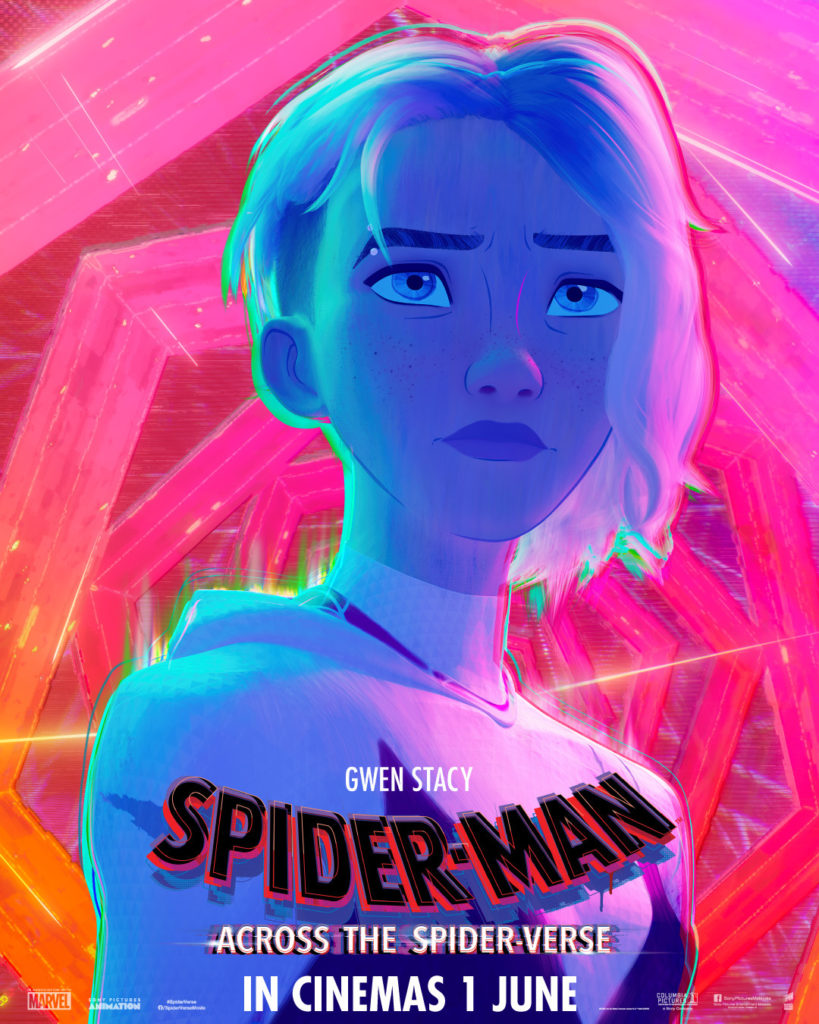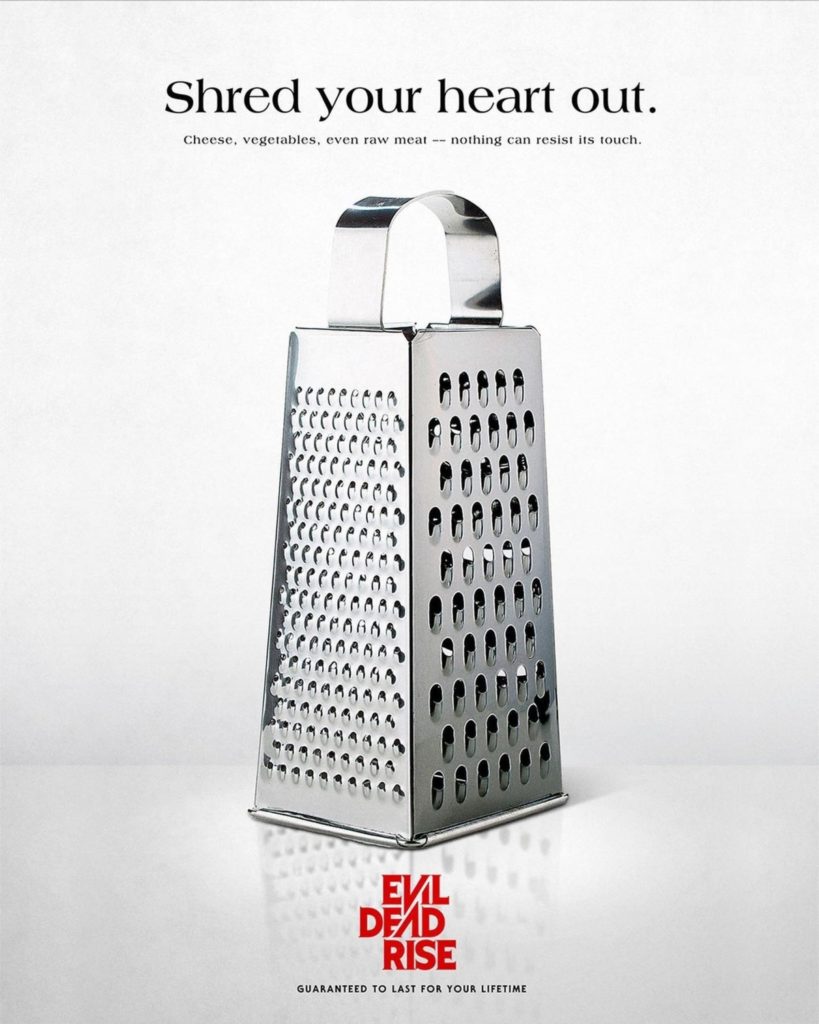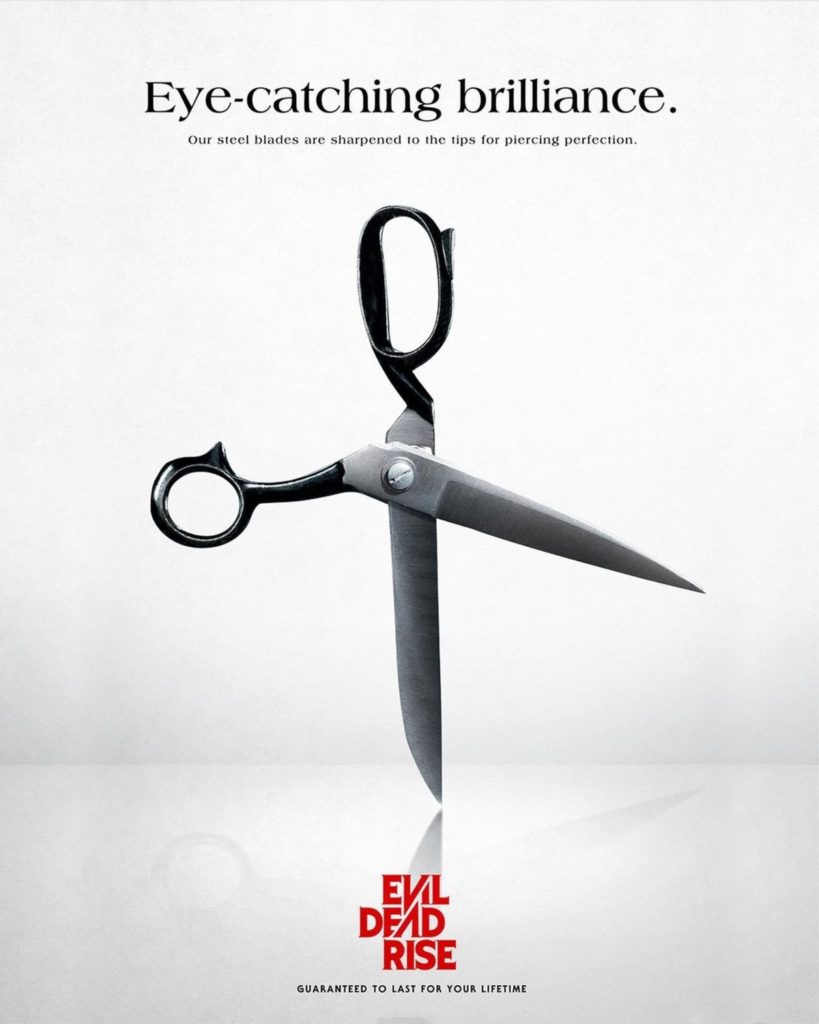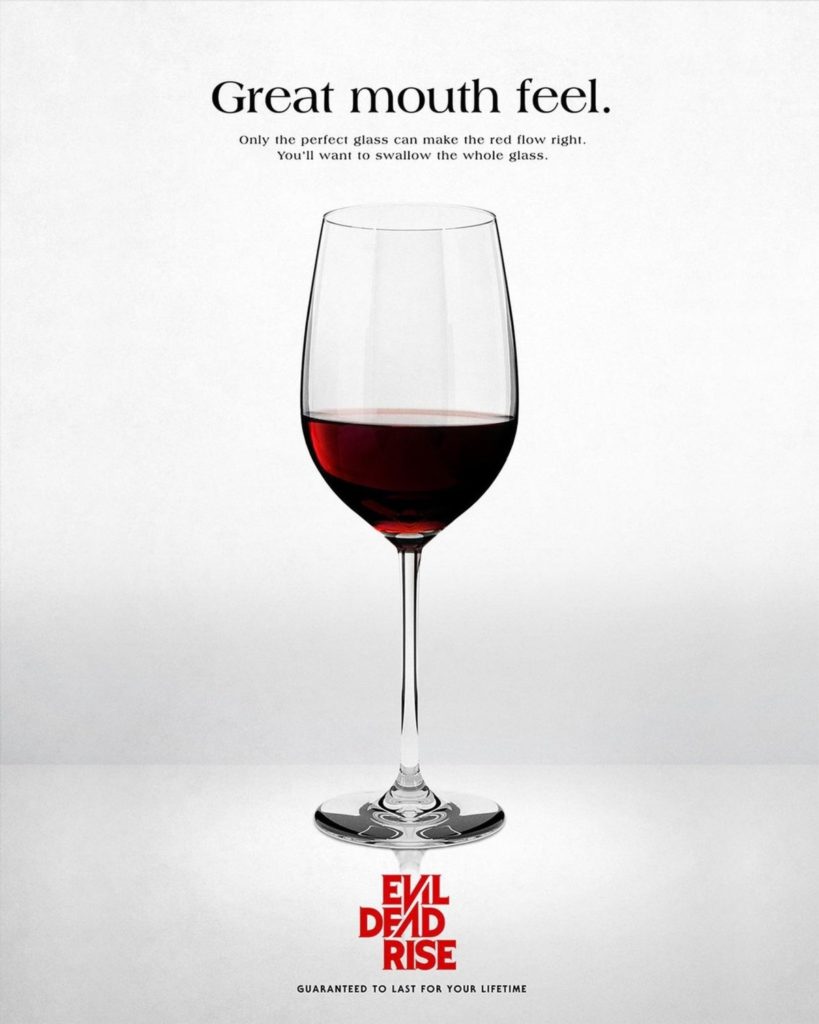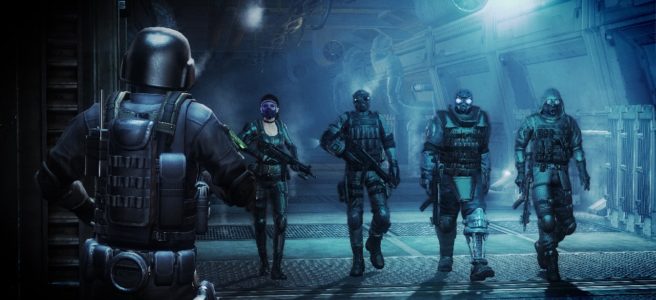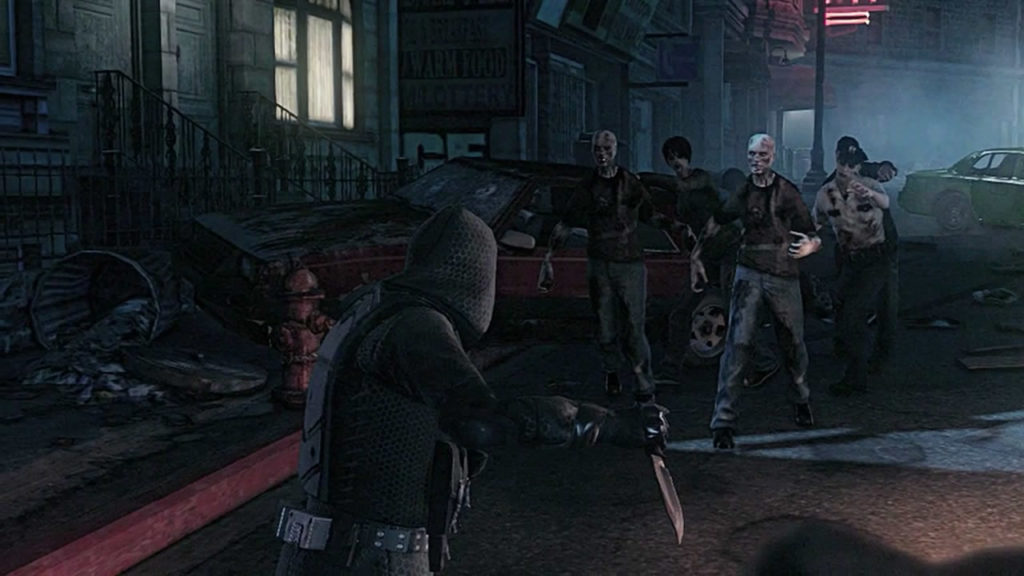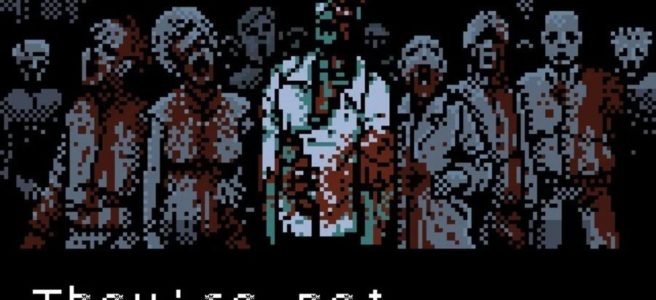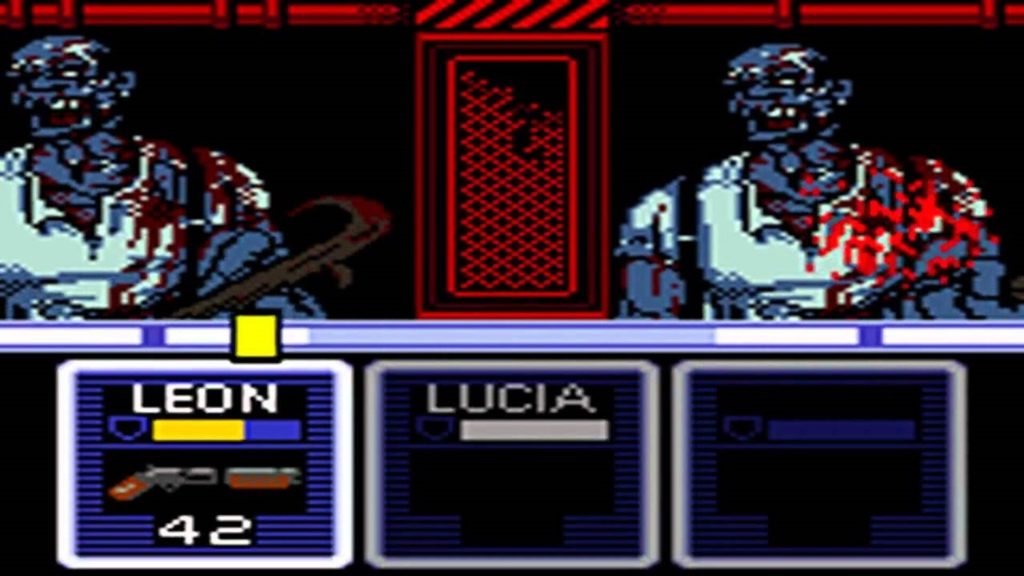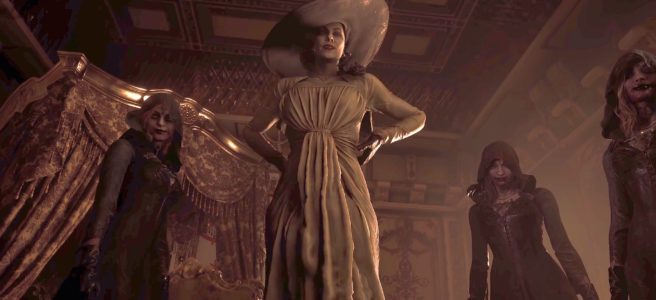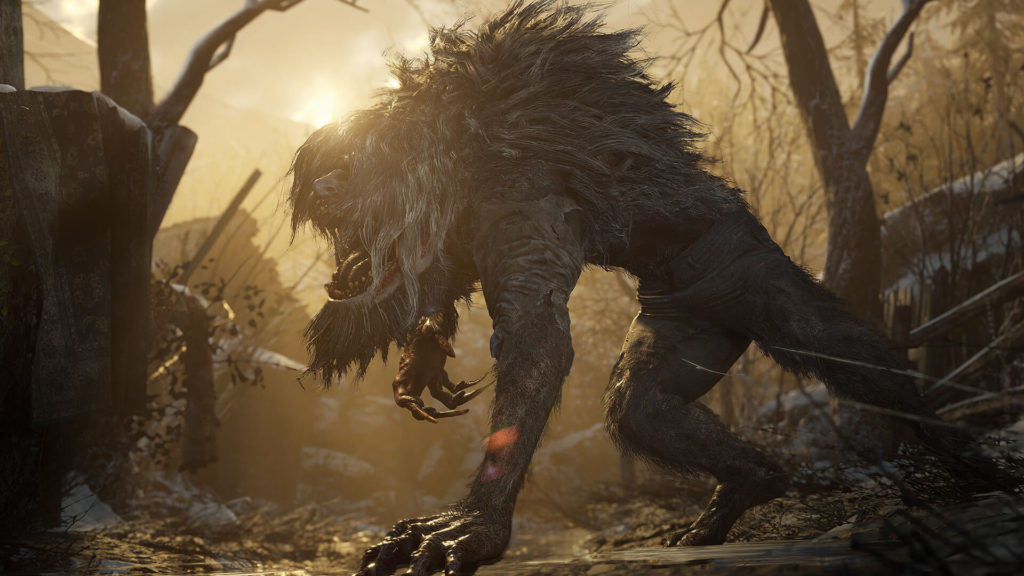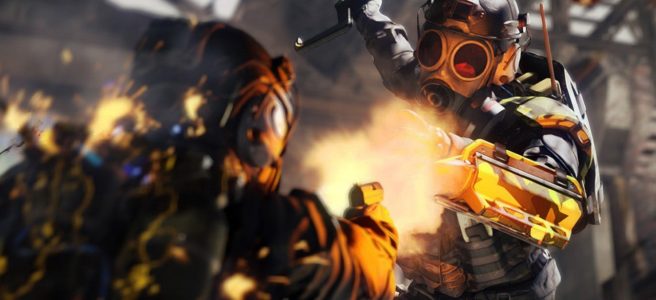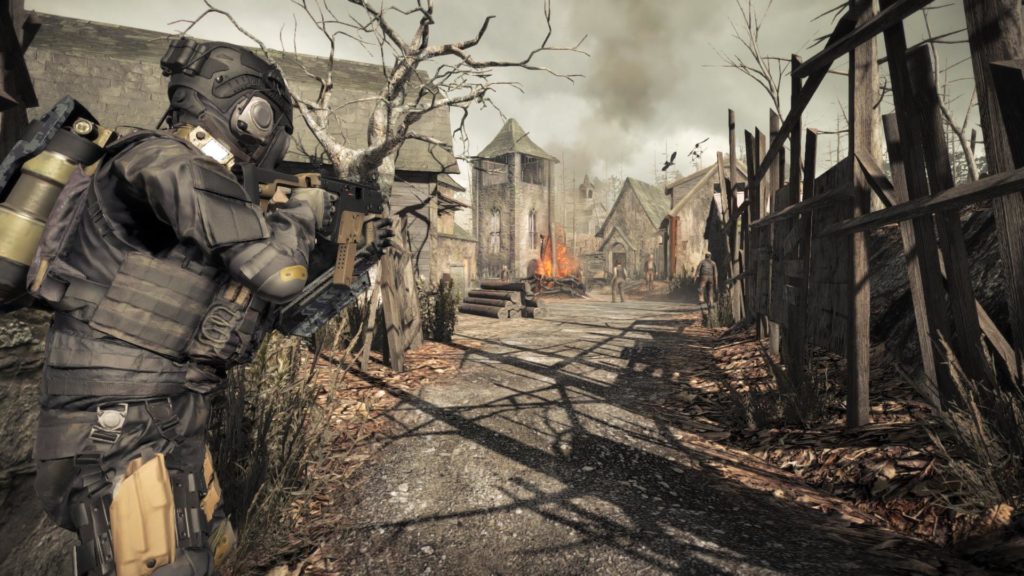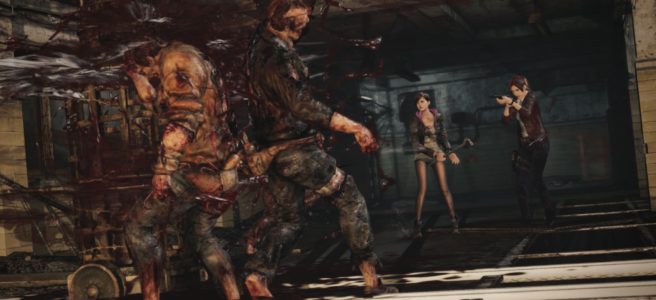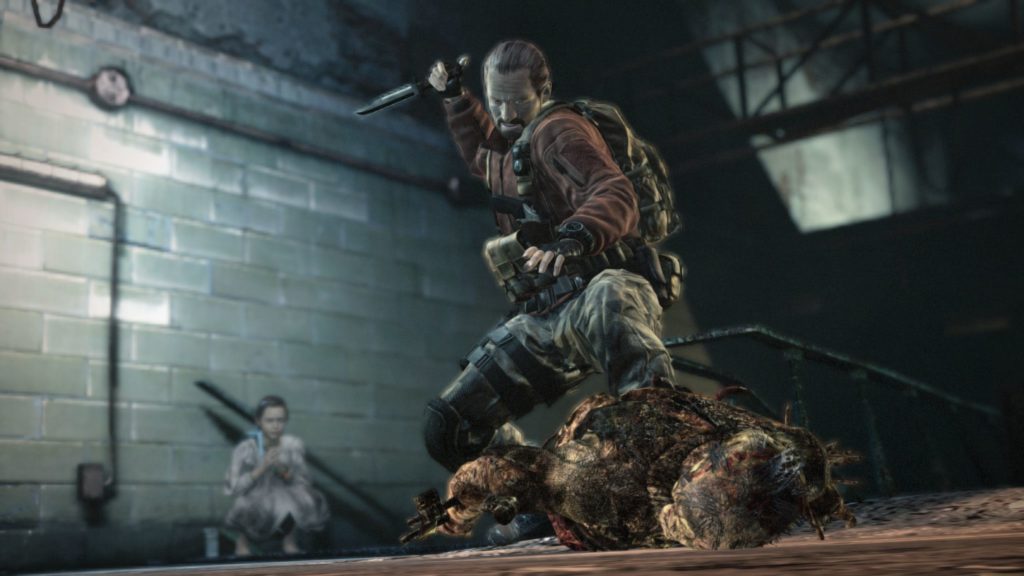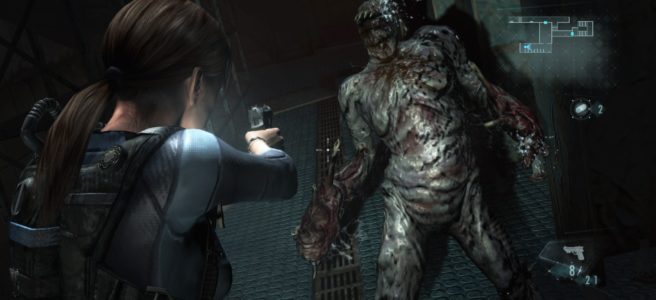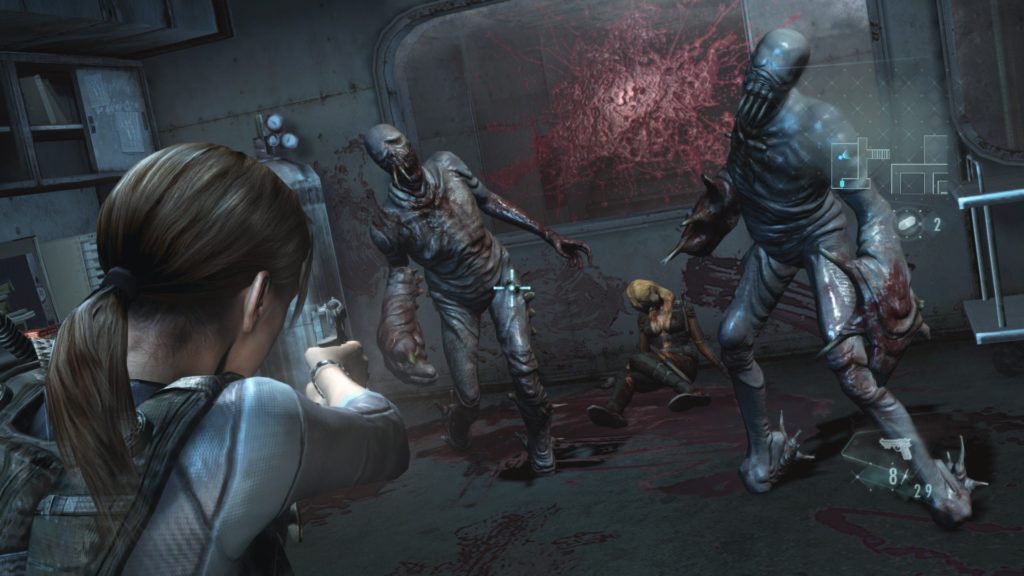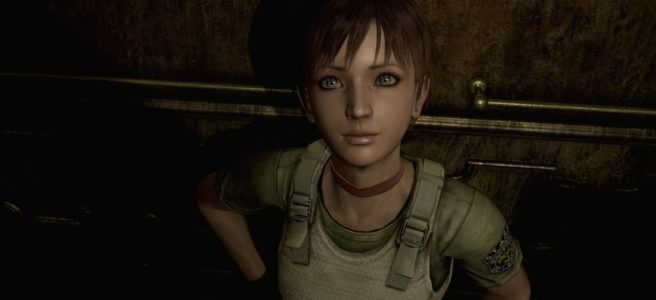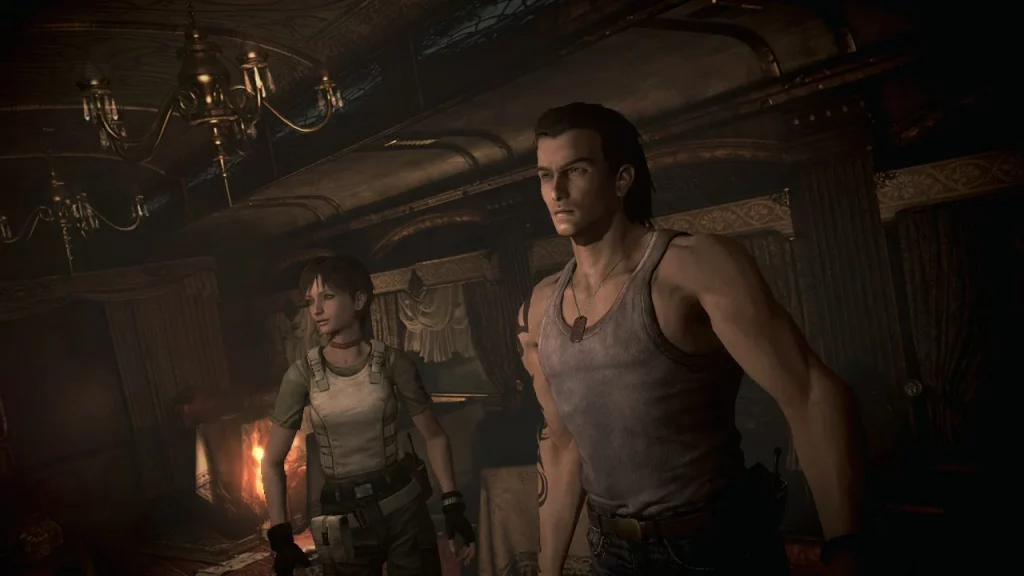Welcome back to the Left Behind retrospective! We have finally reached the most recent entry in the franchise, Left Behind: Rise of the Antichrist. After the critical and financial failure of the Left Behind reboot and the embarrassing, putrid mess that was Vanished, surely Left Behind couldn’t get any worse, right? Well… Kevin Sorbo’s here and he’s gonna do his damnest to make sure this Retrospective ends with a long, wet fart sound. Will I be able to keep my sanity if I watch one more Left Behind movie? Read on to find out…
Side-note: I would find it funny if some evangelical boomer tried to watch this movie and accidentally exposed themselves to Lars von Trier’s Antichrist instead. If anyone has any stories about this happening, please share in the comments.
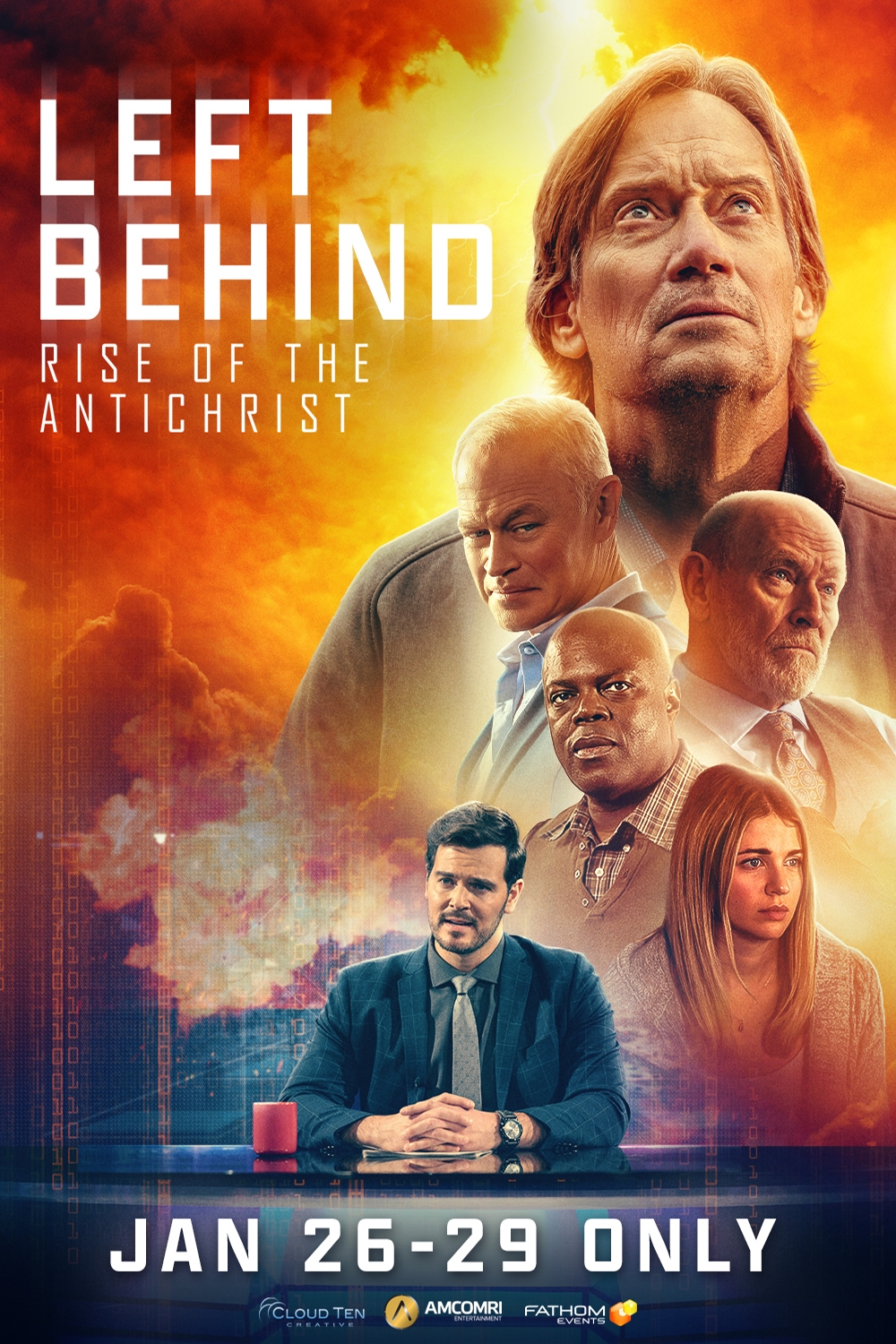
Production
Despite the financial failure of the Left Behind reboot, Cloud Ten were undaunted in wanting to move forward with a sequel. However, due to not making back their money on that movie when it was in theaters, they had to resort to an Indiegogo campaign to try to raise funds. The goal for this campaign was set at $500,000, but they only ended up raising $80,699… however, because this campaign was set with a flexible funding goal, they ended up keeping all the money anyway! Backers were then left with a very, very long wait for any news on the movie. After nearly three years of nothing, they surely must have felt that they had gotten swindled.
However, the silence would eventually be broken in 2017 when Paul Lalonde announced that he had officially acquired the rights to adapt all the Left Behind books – as mentioned previously, until now they had only had the rights to the first two books. This would now mean that they could adapt the entire series going forward, and planned to do so over the course of at least five more movies. During this time, a script for a sequel to Left Behind had been written, once again by Paul Lalonde and John Patus (although this time they would also share writing credits with newcomer Jessica Parker). Kevin Sorbo was approached for a role in the movie at this time. Given this information, it seems likely that, even at this time, Nicolas Cage was out of the movie. Either Cloud Ten had not secured his commitment to potential sequels, or they could no longer afford him (reportedly, his salary for Left Behind was $3.5 million, which would end up being the entire budget for this second film). According to Kevin Sorbo, due to the close proximity of Left Behind and God’s Not Dead, Cloud Ten became inundated with questions about why Nic Cage was cast a Rayford Steele rather than Kevin Sorbo, which may have also contributed to the attempt to recast. Whatever the case may be, Sorbo actually passed on the sequel initially, leaving the film without a lead.
Despite having a script ready to go in 2017, Rise of the Antichrist wouldn’t actually enter production for several more years. I wasn’t able to find confirmation about why exactly it took so long to actually enter the pipeline (I searched through years of Facebook updates from the official page and the sort of shit they were posting there not only didn’t clarify things, it actively made my brain want to melt out of my ears), but if I have to speculate, I would imagine that they had difficulty finding funding. However, this may have been a blessing in disguise for Cloud Ten, because 2020 brought with it the COVID-19 pandemic and a massive wave of conservatives rallying against public safety measures. In the midst of this environment, Paul Lalonde and John Patus updated their script to better reflect “current events” and, as the film finally went into full production, Kevin Sorbo accepted roles as the star and director of Rise of the Antichrist.

If you are unfamiliar with him, Sorbo is definitely worth exploring a bit to understand what sort of energy he was bringing to Left Behind. The man was in a career resurgence (of sorts) off the back of God’s Not Dead, which had type-cast him as the “recognizable has-been who will star in any Capital-C Christian movie” guy. He would soon appear regularly in these sorts of films, including Joseph & Mary, Let There Be Light, and The Girl Who Believes in Miracles. Sorbo would claim that Hollywood “blacklisted” him for being a Christian, but it seems like he was getting steady work, just no “massive” roles. That said, we’d be remiss to not mention the real reason he wasn’t getting big roles starting in the early 2010s, and that is because he is a massive, outspoken, conservative dickhead. Like, don’t take that wrong – I don’t mean that people hated him because he was conservative, but more the way which social conservative beliefs made him into an insufferable prick and social media troll (with such highlights as saying that The Passion of the Christ wasn’t anti-Semitic, because the Jews did kill Jesus, or calling black people “animals” during the Ferguson riots).
Sorbo’s entry into the Christian media landscape marked a change in how these movies tend to be made. As I mentioned in my reviews of the God’s Not Dead movies, God is almost entirely absent in these movies – their actual focus is clearly on conservative politics and culture war bullshit. They aren’t trying to change minds, they’re made to rile up a conservative audience and disparage their ideological enemies. That’s why I expressed surprise in my reviews of Left Behind and Vanished that these two movies weren’t leaning into these contemporary trends, but instead were focused on a more traditional Christian movie approach of trying to actually appeal to non-Christian audiences. Sorbo’s post-God’s Not Dead films tend to be moreso conservative than they are Christian, so his involvement in this film definitely painted the picture that this new Left Behind might hew more in that direction for the first time in the franchise’s history.
Chad Michael Murray, Cassi Thomson and Nicky Whelen were originally contracted to reprise their roles as Buck, Chloe, and Hattie, respectively, but given how much time had passed since the last film, they were unable to fit the film into their schedules. As a result, Rise of the Antichrist had to be fully-recast (like some other crowd-funded sequels I can think of). Sorbo aside, the new cast included Greg Parrow (of… nothing fame) as Buck Williams, Sarah Fisher (of Degrassi: The Next Generation fame) as Chloe Steele, Sam Sorbo (Kevin’s wife) as Amanda White, Charles Andrew Payne (also not particularly famous despite being in lots of small roles over the years) as Bruce Barnes, Corbin Bernsen (known for lots of things, among them the Major League movies) as Steve Plank, and Bailey Chase (who has an extensive history of pretty prominent TV credits) as Nicolae Carpathia. The other big name in the cast was Neal McDonough. It’s worth noting that, by this time, Neal McDonough has kind of earned a reputation for being the best, lowest-rent villain actor available, after turns in garbage such as Street Fighter: The Legend of Chun-Li, Resident Evil: Welcome to Raccoon City, and Paul Blart: Mall Cop 2. I definitely thought that he was going to be cast as Nicolae Carpathia, which would have legitimately been pretty spot-on casting, but instead they cast him as… Jonathan Stonagal!? This is baffling enough, but it makes me realize that they absolutely missed an opportunity by casting Nicolas Cage as Rayford Steele – can you imagine if they had cast him as Nicolae Carpathia instead!? That sort of move could single-handedly buoy any Left Behind movie to greatness if they had the balls to do it.
Filming would get underway in Calgary in late 2021 and wrap up after 19 days of shooting. Kevin Sorbo and Paul Lalonde would go on press tours to promote the film, which only furthered my concerns about a potential new direction for Left Behind. Sorbo and Lalonde both said in interviews that they truly believed that the Rapture is imminent (funny side-note: in the aforementioned Facebook page posts, Lalonde would get very angry at people who suggested that the Rapture might occur after the Tribulation; for the record, this is the same sort of nerd energy you’d get watching someone getting frothing mad about a fanfic shipping two characters they don’t like). Lalonde would confirm that the 2014 Left Behind reboot was top-down intended to preach to a broad audience, whereas this film was intended to “wake up” Christians about the state of the world. He also added that “I think it may be our last real opportunity to ride a wave before [end times prophecy] all comes to pass”. On a completely unrelated note, those people who were saying the same thing in the midst of truly apocalyptic events like World War II, World War I, and the Black Death must have been a bunch of self-centered losers, eh?
Anyway… Rise of the Antichrist would release in theaters January 26, 2023 and grossed at least $3.6 million. It was successful enough that Kevin Sorbo has confirmed that a sequel has been greenlit and that he will be returning to direct it. He had claimed that it was going to start filming by the end of 2023, but I have seen no updates since then, so we’ll see when, and if, that happens…

Plot Synopsis
Rise of the Antichrist picks up six months after Left Behind. Buck is skeptical about the “official” stats about the vanishings and causes a stir at GWN when he grills a UN representative who suggests that a second wave of vanishings is imminent. When this predicted event does occur, Buck becomes suspicious that this latest event is being faked in order to keep people scared and compliant, since no one seems to actually know anyone who has disappeared this time. Despite threats from his boss, Steve Plank, Buck begins looking into this theory with his hacker friend, Dirk Burton.
Meanwhile, the Steele household is still reeling from the events of the vanishings. Chloe is traumatized about her mother and brother’s disappearance, is lacking direction, and is unconvinced that the Rapture was the cause of the disappearances. Rayford, on the other hand, is seeking answers, which brings him to the vandalized remnants of New Hope Village Church, where he finds Bruce Barnes. Rayford’s earnest searching is enough to pull Bruce out of his depression and they endeavour to begin preaching the word to the lost.
Jonathan Stonagal announces that the world financial system is on the brink of collapse in the face of the most recent wave of vanishings, and moves to complete the consolidation of all currencies into a single, unified currency through his social media platform, Eden. In response to this, an anonymous contact provides Dirk Burton with access to Eden’s servers, where he discovers that Stonagal is going to use Eden to enforce unprecedented control over all people and all nations. He informs Buck about this and the pair begin preparing to gather more evidence to expose the truth. Steve gets wind of this and fires Buck on the spot. However, Buck still has some access to the building and tries to make one last broadcast with Dirk, but before he can, Dirk is killed in a car bombing. Buck manages to escape and then sneaks into Dirk’s apartment to steal his laptop, and the evidence on it, before the assassins can discover its location.
While this has been happening, Rayford and Bruce manage to convince Chloe that the Rapture is the cause of the vanishings. She tries to share this with Buck and warn him about prophecies associated with the Antichrist, but Buck is dismissive. He needs to get the evidence to Nicolae Carpathia, the UN Secretary General, to help him Stonagal before it’s too late. When he gets there, he hears about plans which line up with the prophecies Chloe had just been telling him and realizes that she was right. He converts right before the UN delegates meet with Nicolae, Stonagal, and Todd-Cothran. Nicolae shoots Stonagal and Todd-Cothran to usurp their power and then mind-controls everyone (except for Buck) into believing that the pair were killed by assassins instead. However, Buck leaves the room and immediately hacks into GWN’s broadcast to declare that Nicolae is a liar and that Jesus is Lord. He is pursued by the assassins, but manages to escape on a private plane with Rayford, Chloe, and Bruce, and they fly over the city to drop leaflets about the Rapture.
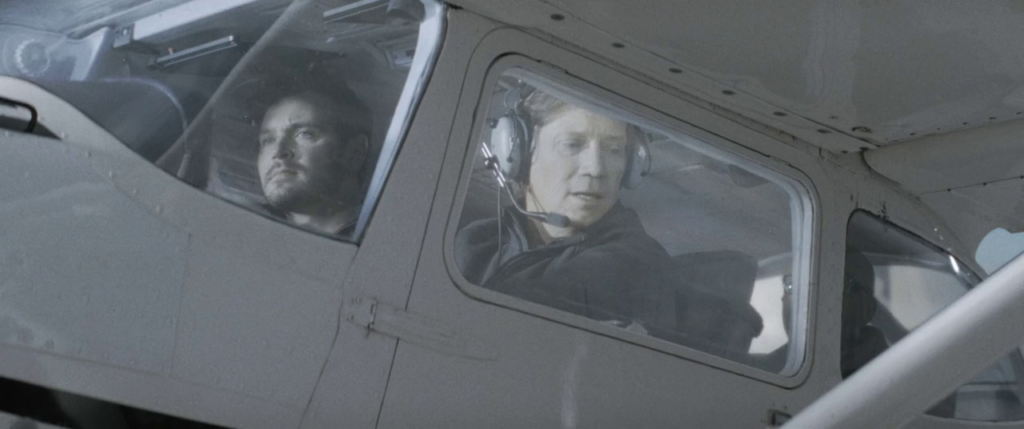
Review
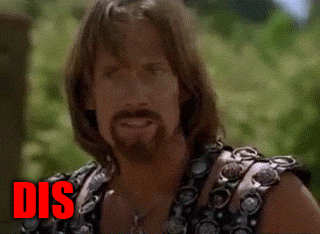
I really hoped that I’d get to use the Kevin Sorbo “DIS-AP-POINTED!” meme in this review… but, honestly, I can’t really justify it being used organically. I watched a Kevin Sorbo Left Behind movie, and I got a Kevin Sorbo Left Behind movie. Don’t take that as me going into this biased and looking for reasons to hate it. I had heard that this movie actually wasn’t bad, so I was legitimately going into this with an open mind to see if that was true. Plus, I had just watched Vanished, so I was absolutely primed to be far nicer to this movie than I might otherwise have been. However, after years of dealing with culture war bullshit on social media, I’m just so exhausted when I encounter that kind of content. That’s what the experience of watching Rise of the Antichrist is like – like reading some fuckin’ conservative grifter’s post on X and just feeling all the energy drain out of you at the thought of having to make a response to this shit yet again. Rise of the Antichrist makes me want to not waste time thinking or writing about it, but… well, here we are. I did this to myself, after all…
We’ll get the good stuff out of the way first: Rise of the Antichrist is easily the second-best looking Left Behind movie, second only to the 2014 reboot. However, that movie also had a budget that was almost five times greater than this one, so the fact that it looks comparable is pretty impressive. It also absolutely puts the reported budgets of Left Behind: The Movie and Tribulation Force to shame (again, if you assume that those reported budgets were accurate, which I absolutely do not). Sorbo’s direction is very workman-like, but it’s still miles ahead of what we’ve seen from most movies in this series. In fact, after this entry I’d be willing to bestow upon the Left Behind franchise the prestigious distinction that they have now achieved the quality level of “theatrically-released evangelical movie”. That doesn’t sound impressive, but hey, it took them 22 years to get to that point.
And, uh, that’s about the nicest thing I can say about this movie. Suit up, we’re about to wade into the sewage…
Predictably, the big differentiation between Rise of the Antichrist and all the Left Behind projects that came before it is that this movie’s political message is overwhelming. If you agree with the fundamentally American, Republican party politics that this movie presents, then you’re probably going to have an easier time enjoying it, as it incessantly jerks you off from start to finish. If you do not agree with these politics, then they’re going to be a constant annoyance that makes engaging with the film on any other level an exhausting affair. This becomes apparent right off the bat, as the film opens with Buck interviewing a psychologist from the UN who claims that there is data to suggest that another wave of vanishings are coming. Buck spends this whole scene incredulous, asking her where she got her data from, and then where the people who got her the data got it from. Like, I get that he’s a reporter doing an interview, but what is he actually doing here? Dunking on this woman for not being able to personally verify the source of the information she has on live TV? She’s reporting the data that experts have apparently vetted. He has no actual reason to be skeptical of this data, he just is immediately hostile to the whole thing. It’s clearly intended to be a dig at “Trust the science” types, but there’s a certain point where you kind of have to accept what the majority of accredited experts are saying. You simply can’t look into everything yourself and can’t be educated enough for every important topic, so at a certain point you have to put trust in the community or you’ll drive yourself nuts. I’m not even saying to just blindly accept everything, or even to kowtow to what news media says. If there’s legitimate dissent, then there will be a sizeable counter-narrative which can be examined to see if it is accurate. However, if the vast majority of the people with knowledge on a subject are saying one thing, then there’s a pretty good chance that they’re right. Goddammit, the movie’s barely started and I’m already getting exhausted.
Anyway, this scene ends with Buck telling the audience “Don’t accept what the so-called experts tell you” and “Don’t sign up for a vanishings vaccine”…
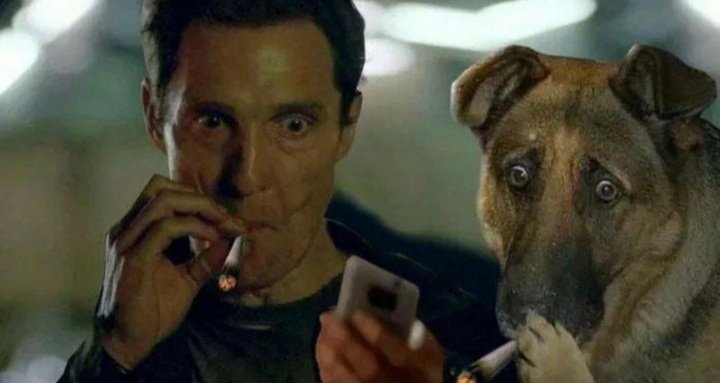
Of course, we soon find that, “Oh my God!”, there has indeed been a second wave of vanishings! People’s phones start alerting them and they all head home in a panic. However, Buck soon discovers that this “second wave” was entirely fabricated and all of the people who were reported to have vanished never existed. I don’t even need to state explicitly that there’s a COVID-19 allegory here, do I? Hell, I have personally met people who believed that the pandemic was “fake”. Again, this is exhausting to even talk about – what good even is it for me to say that I personally knew a guy who died from the disease, that a lady at my church died of it, that several public figures were confirmed to have died of it, that the OG Rayford Steele freaking died of it? They can just go “Oh, those ones may or may not be legitimate, but the numbers are exaggerated.” Or they can pivot to the direction this film goes, that they’re manipulating the stats to control the public. Todd-Cothran’s role in this film is to manipulate the UN’s data to say whatever they want it to. Stonagal, on the other hand, has bought up media conglomerates and social media to push whatever narrative he wants, which will be backed up by Todd-Cothran’s data to seem convincing. Steve Plank, as head of GWN, goes along with this, saying that scared people will stay in their homes and be easier to control as a result. Hell, they call out “The Great Reset” in the movie by name multiple times as this sinister initiative to allow Stonagal to control the world. The funniest part about all of this is that Stonagal’s closest analogue in real life, the richest man alive who bought up a social media app with the intent of making an “everything app”, is goddamn Elon Musk – a man whose dick could not be further down Kevin Sorbo’s throat. Of course, this is because there is no principled stand going on here, it’s just Kevin’s political grift in action. Who would have thought that the man famous for celebrating January 6 while it was happening and then immediately saying that Antifa did it when it failed would be a man who just kowtows to whatever the popular conservative narrative is right now?
As you can expect, Rise of the Antichrist continues like this throughout its entire runtime. I don’t have the energy to try to address every single point, nor would it really be worth anyone’s time for me to do so. The important thing to note is that this movie does to Left Behind exactly what you’d fear a Kevin Sorbo Left Behind movie would do. Gone are the sincere attempts to change hearts and minds, instead replaced with masturbatory screeds of “Wow, can you believe how stupid those other people are?!”
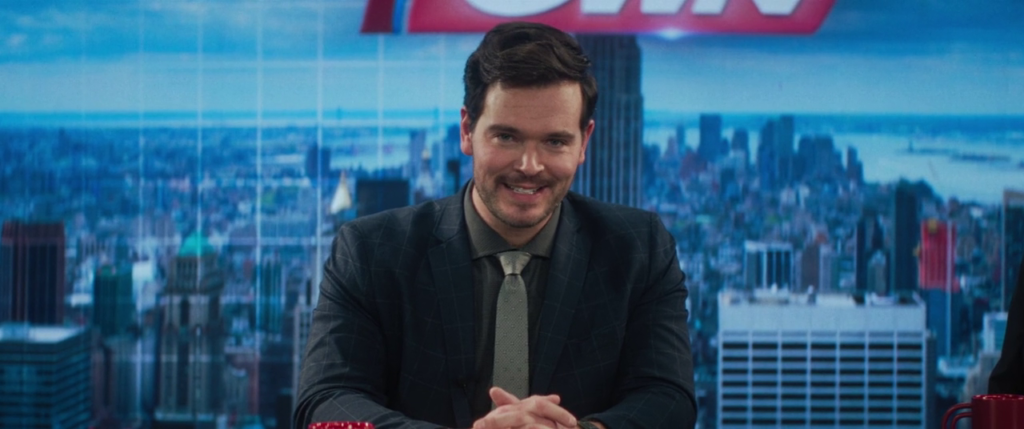
In a lot of ways, the religious aspects of Rise of the Antichrist are comparable to previous Left Behind films – there’s still lots of altar calls, attempts to convince people that this was actually the Rapture and Jesus loves them, etc. For most of these prior films, it’s an element I barely feel the need to address (unless there’s some particular noteworthy fuck-up, like Ray Comfort’s awful evangelism tactics in Tribulation Force); usually, you either agree with what they’re saying, or you don’t and it completely falls flat. However, the confrontational tone that Rise of the Antichrist takes riles me up enough that it compels me to be more critical of the religious aspects than I otherwise would be: both for this film, and for Left Behind as a media franchise.
We’ll start with this film’s not-so-subtle message that real, true Christians (and the conservative Republican sorts who fall into that category) are the moral fabric of society. Buck’s opening monologue goes on about how, six months after the Rapture, the rates of murder, suicide, rape, robbery, vandalism, etc have skyrocketed by hundreds of percent each. This is supplemented by the assertion that America’s law enforcement and military have been “decimated” due to the Rapture (sorry, I can hear the intended audience making that wanking sound again). Nevermind that civilian vanishings should proportionately lessen the number of people to deal with for the police and military left behind – realistic speculation isn’t the point. The point, obviously, is to assert the common belief amongst fundamentalist types that you can’t be moral without being religious, a belief which has (unsurprisingly) been found to be false. When you remember that this film is intended to be turning its attention inward to preach to Christians, it’s really hard to deny that this film is doing anything other than fellating its audience. Like, I know I keep repeating this in such graphic terms, but it’s so annoying to me how, since God’s Not Dead, we’ve gotten this same routine over and over again, where so-called “faith-based” movies reinforce Christian prejudices in such a fawning, ham-fisted manner and encourage scorn of non-Christians.
So what is the actual sermon that this particular Left Behind movie is preaching to its audience? Basically, it boils down to “You can’t trust science and government to be arbiters of the truth. You can only trust The Bible for truth.” Kind of a standard evangelical sermon, but it’s particularly sinister in Rise of the Antichrist. Why, you may ask? Because this movie inadvertently shows the flaws in this lesson through the very premise they’re preaching. Let me explain: there are multiple scenes in this movie where some character will say “Oh yeah these events are terrible, but they were predicted right here in the Bible. And here’s what’s going to happen next, the Bible laid it all out for us!”
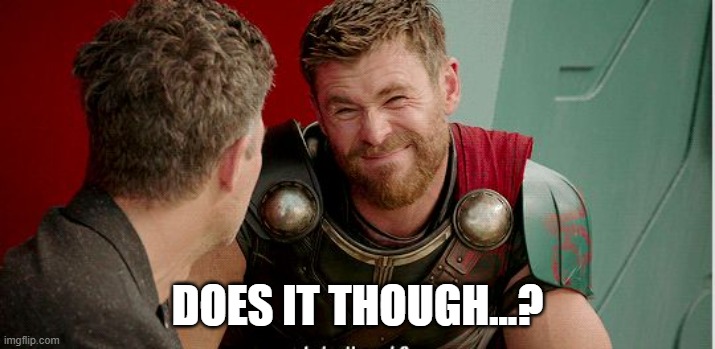
Here’s the thing: the Rapture isn’t real. The “Biblical prophecy” that these people claim is “right there in The Bible” is cobbled together from hundreds of verses across dozens of books of the Bible, stripped of their context and recontextualized into a new, unified narrative. Like, at one point in Rise of the Antichrist, Bruce Barnes says “The Bible told us a one-world currency and government were coming.” Okay, but did it though? The “one world currency” idea comes from Revelation 13:16-17, where the Mark of the Beast is described: “It also forced all people, great and small, rich and poor, free and slave, to receive a mark on their right hands or on their foreheads, so that no one can buy or sell unless he has the mark, that is, the name of the beast or the number of its name.” That’s it, that’s the entire basis of this inevitable one-world currency that they say is clearly stated in The Bible. As for the one-world government, there are lots of verses about figures who will conquer the world, but Daniel 7 is one of the main ones. Go ahead, read it and then tell me how clearly it is telling you about a coming one-world government. Now, tell me which of these readings makes more sense:
- That the Book of Daniel is intended to be a story to the Jewish people, who had been conquered and subjugated by multiple empires at the time, and remind them that, in the end, God would deliver them to freedom.
- That the Book of Daniel is of no value to the places and times in which it was written. It’s actually a story for future people about the end of the world, an event so well-laid out by God that we didn’t even interpret it this way until the 1800s.
Shit like this is prevalent through Rise of the Antichrist. At one point, Rayford is trying to search his Bible app for information about “The Rapture” and “vanishings” and gets frustrated because they’ve been censored so he can’t find this information! How awful! Oh, what’s this? The Rapture isn’t even in The Bible, so he wouldn’t have been able to find it anyway? The movie even directly addresses this, when Chloe asks Bruce “What about all the people who claim the Rapture isn’t even in the Bible. Can you show me where it is?” Bruce responds with 1 Thessalonians 4:16-17: “For the Lord himself will come down from heaven, with a loud command, with the voice of the archangel and with the trumpet call of God, and the dead in Christ will rise first. After that, we who are still alive and are left will be caught up together with them in the clouds to meet the Lord in the air. And so we will be with the Lord forever.” Again, this is ignoring the context around the verses – this is describing the final return of Christ, not some event where the unrighteous get left behind. It’s not the irrefutable “proof” of the Rapture that they seem to think it is and it only really exists so Chloe and Buck can go dig up grandma to find that her corpse also got Raptured, WHAT THE ACTUAL FUCK!?!!!?! I actually find this theologically offensive – are you telling me that her corpse is the vessel for her soul and she couldn’t go to heaven until Jesus took her body? Has grandma’s soul just been chilling down here all this time waiting for Jesus to get his ass in gear and return? I’m serious, this scene legitimately offended me and it’s about as Biblical as any other shit they spew in this movie.
This brings us to my issues with Left Behind and the prophecy industry as a whole. It’s founded upon beliefs which didn’t even exist until a couple hundred years ago. Hell, most denominations and sects of Christianity don’t even believe in The Rapture or the codified end-times theology Left Behind spews. However, because evangelicals have a virtual monopoly on the popular Christian media industry, it has become something which simply gets described as “Biblical prophecy” with zero pushback. Let me be clear – Left Behind is no more Biblical than Dante’s Inferno. You know what this sort of attitude actually is? Trusting the opinions of “experts”. End-times theology as we know it isn’t “right there” in the Bible for us all to see, we only believe it because people who subscribe to it have been preaching it for decades, to the point where evangelicals just kind of assume that it’s true now by default.
Furthermore, every single one of these movies has a big “She was right!” revelation, which causes the characters to turn to God. However, these moments always ring hollow for me. Tim LaHaye, Jerry B. Jenkins, Peter & Paul Lalonde, etc act like “She was right!” proves God’s love for the characters, to the point where they are always left crying at the revelation. Simply put: it doesn’t. I’ve said plenty of times throughout this Retrospective that, in the face of the Rapture, you could quickly accept that this was God’s doing. People aren’t so stubborn that seeing literal, unexplainable miracles wouldn’t cause them to second-guess their position as an atheist. I just went on a tirade against end-times theology, but if the Rapture happened tomorrow and I got left behind, I’d reconsider my position on these beliefs and try to convince others to do the same. However, I wouldn’t be trying to save people because I’ve been convinced of God’s love and mercy. I’d be doing it because I now know that He’s real and that He’s about to go on a seven-year tantrum where He’s going to send people to hell for eternity. Legitimately, the world of Left Behind paints a reality where I am more righteous than God and His followers are a bunch of cultists suckered into believing He is good, in spite of all evidence to the contrary. And people wonder why some people absolutely hate Left Behind…
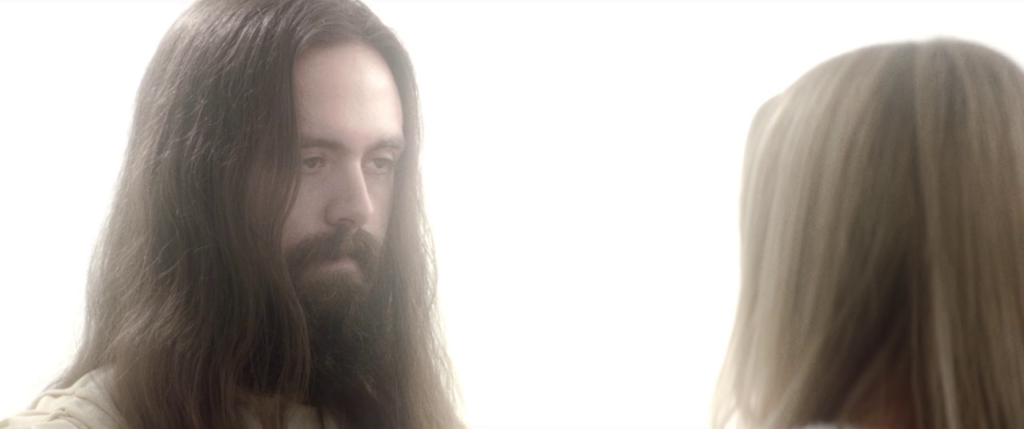
That’s a whole lot of words dedicated to politics and theology in this movie. You could look at all that and go “Oh, you didn’t like this movie because you’re biased against it!”, but I wrote all of that because the politics and theology are easily the most interesting aspects of the movie to dig into. For the most part, Rise of the Antichrist is a rather dull movie where little of consequence actually happens. The cast are mostly wasted here. Kevin Sorbo himself could maybe be an alright Rayford Steele, but he’s sleepwalking through this movie, even moreso than Nic Cage was. Neal McDonough could make for an entertaining villain, if he had more than like two minutes of screentime. His higher-profile within the cast is not even an effective red-herring either, since Nicolae is such an iconic villain in his own right, and because Nicolae’s presence in the narrative is completely superfluous unless he is the “twist” villain. For that matter, Bailey Chase gets barely any time to make an impression as Nicolae, isn’t even trying to sound Romanian, and is very dry in the role. Worst of all though is Greg Parrow’s Buck Williams. It’s not a bad performance per se, but it is insufferable. Parrow plays Buck as relentlessly smug, constantly talking down to people, combative, and dismissive of those he disagrees with. He comes across less like a relentless truth-seeker and more as a massive, know-it-all tool.
While Sorbo’s direction here is fairly competent for the most part, there are still some weird and downright bad decisions which drag the film down. First of all, why the hell is this movie two hours long!? This movie is the exact same content which formed the last hour of Left Behind: The Movie, which means that they’ve effectively stretched it out to double the runtime. Remember how I said that Left Behind: The Movie largely succeeded because it was really well-paced, which kept the conspiracy plotline interesting? Well, now imagine what happens to that pacing when you double the time in which it has to be told. Suffice to say, Rise of the Antichrist absolutely drags and is a far more boring adaptation for it. The most illustrative comparison would be the titular “rise of the Antichrist” scene, where Nicolae reveals his powers to the UN. In Left Behind: The Movie, this scene was easily the best in the entire movie: it was tense, surprising, and it effectively established just how sinister and threatening Nicolae was. In Rise of the Antichrist, we’ve barely even seen Nicolae before. There is no threat to his words or actions. I don’t give a shit about Buck, because he’s a tool. There is no sense that he’s in any danger. It is such a limp version of this scene that it single-handedly begs the question of why we even got this movie to begin with when it is so inferior to what came before.
In terms of bad filmmaking choices though, there is absolutely nothing that holds a candle to this film’s goddamn voiceover. For some ungodly reason, they decided that this movie needed to have Bruce Barnes narrating everything. On the one hand, they probably felt like they needed to find an efficient way to get the audience up to speed, since it had been seven years since the last movie was released and they had recast everyone. On the other hand, does it make any sense for the narrator to introduce us to Jonathan Stonagal and describe his motivations and character in the opening speech of the movie? Every time a major new character gets introduced, Bruce has to give us some sort of description of them. It also intrudes into scenes that should be tense and completely ruins them. The most egregious example would be when Buck is trying to sneak into Dirk’s apartment to get his laptop. For some reason Bruce has to chime in about how Buck couldn’t mourn his friend’s death. WHY THE HELL DO WE NEED YOUR OPINION ON THIS, BRUCE?! It’s the very definition of the unwritten rule that you’re supposed to avoid in film: “tell, don’t show”.
This movie also has a funny hallmark of any bad movie, and that’s that no one knows how to pronounce the name “Stonagal”. I’m not kidding in the slightest, Bruce’s opening narration pronounces it like “Stona-gall”, and then, not even five seconds later, Todd-Cothran calls him “Ston-a-gal”. And then Buck, Haim, and several other characters call him “Stone-a-gal”… and then, at the end, Nicolae starts calling him “Stone-a-gall”! It’s kind of hilarious that no one had any fucking clue how to pronounce this guy’s name and the director didn’t even seem to care either, because if he did he would have made sure everyone was on the same page.
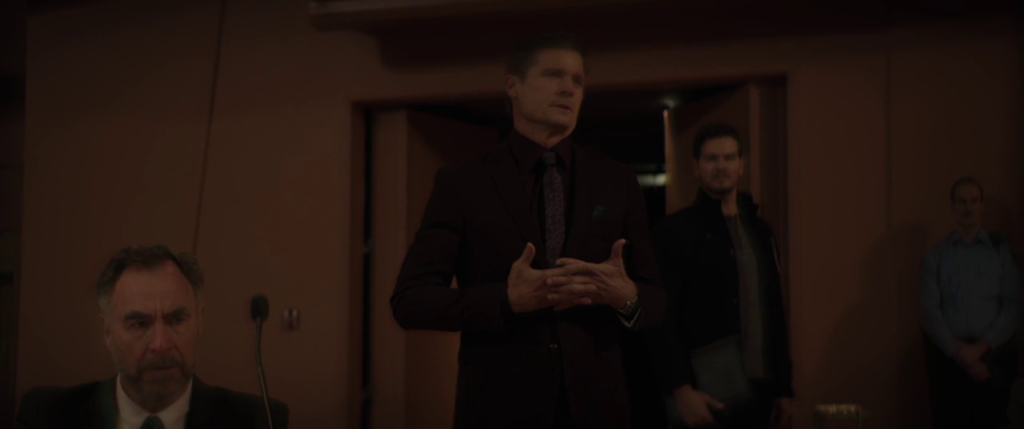
In addition, there are some narrative choices which are pretty questionable. For one thing, this movie (conveniently) forgets that Rayford, Buck, Chloe, and Bruce had all ended the first Left Behind movie accepting that the Rapture had occurred. Here, they’re having to completely relearn this, which adds probably an hour of bloat to the runtime. Another choice which really rubs me the wrong way is that Kevin Sorbo has made his own character, Rayford Steele, more “important”. In the books and all the other adaptations, Bruce Barnes immediately realizes what happened when he was left behind and immediately sets about preaching the gospel. He’s the spiritual center and leader of the Tribulation Force, which makes his death in Tribulation Force so impactful. However, in Rise of the Antichrist, he has apparently just been fucking around for six months, until Rayford Steele comes around and, in Bruce’s own words, saves him. Like, you could argue that he’s depressed about losing his whole congregation and being wrong for not believing, but having Rayford be the one to motivate and lead Bruce back to Christ fundamentally alters these two characters. This feeling really got cemented for me towards the end of the film. When the group are speculating that Jonathan Stonagal could be the Antichrist, Rayford pipes up “What about Nicolae?” Despite having absolutely no reason to even suggest Nicolae as an option, of course you’re going to make your character be the one who was right, Kevin. Bloody hell…
All this said, there is one really big narrative change which is… bold, to say the least. As we saw in Left Behind: The Movie, when Nicolae reveals himself as the Antichrist, Buck keeps his head down out of fear that Nicolae might realize that he was unaffected by his mind-control and therefore knows that Nicolae is the Antichrist. In subsequent books, he then takes advantage of his relationship to Nicolae to gather intelligence and undermine the Antichrist’s efforts against Christians. In Rise of the Antichrist, Buck immediately makes a broadcast announcing to the world that Nicolae is a liar and the Antichrist. I’m of two minds about this. On the plus side, making this announcement actually makes Buck look like a better journalist since his response to this event is to make the most important breaking news story of all time. On the more mixed side of things, this completely fucks up the narrative trajectory of the next several Left Behind books. Considering how bad these books can be, this may not be that bad of a thing, but I’m also not convinced that Cloud Ten will do them any better either. On the more negative side of things though, this change just isn’t worth it in my opinion. For one thing, I prefer the more subtle, intrigue-filled storyline where Buck has to be careful not to blow his cover while getting close to the Antichrist, while also constantly wondering whether Nicolae has any suspicions about Buck. It’s a much richer narrative territory than immediately having him be on the run and pursued by Nicolae’s forces. Secondly, this undermines everything they had tried to establish with Nicolae, immediately clowning on him the moment he’s introduced. He’s a lot less sinister and terrifying if you can just openly defy him without facing any consequences. Thirdly, it’s not like Buck keeps this information to himself, it gets spread throughout the Christian community and becomes common knowledge pretty quickly.
I complained a lot about the politics of this movie, but ultimately Rise of the Antichrist isn’t very good, whether you agree with the politics or not. Very little of interest actually happens in it across its painfully-long runtime. You are far better off just watching Left Behind: The Movie, which is a considerably more watchable and better-executed version of this story overall.
3/10
So what’s next for Left Behind? Well, like I said, Kevin Sorbo has threatened to direct another sequel, so if that is on-schedule we should be hearing about that any time now. Given how demoralizing this movie was for me, I can’t say I’m looking forward to it, and it just makes me even sadder that the Kirk Cameron movies didn’t get the opportunity to continue. Like, as bad as those movies could be, there was at least an earnestness to them which shines through when you compare them to the last three “efforts” we’ve gotten.
Here’s how I’d rank the series overall:
- Left Behind: The Movie – 5/10
- Left Behind (2014) – 3.5/10
- Left Behind III: World at War – 3/10
- Left Behind: Rise of the Antichrist – 3/10
- Left Behind II: Tribulation Force – 2.5/10
- Vanished: Left Behind – The Next Generation – 2/10
Thanks for sticking with me for another Retrospective! This was a lot of work for the past month, taking up a lot of my free time during the week. I’m not sure when/if I’ll do another one of these, but I am intending on starting a new Love/Hate series and resuming the looks at the Resident Evil games soon. Stay tuned for these in the near future!
